
Oral Cancer Treatment in India
India is renowned for its high-quality, affordable oral cancer treatment. | Find top hospitals in India for oral cancer treatment | Contact for Appointment & Assistance!

India is renowned for its high-quality, affordable oral cancer treatment. | Find top hospitals in India for oral cancer treatment | Contact for Appointment & Assistance!
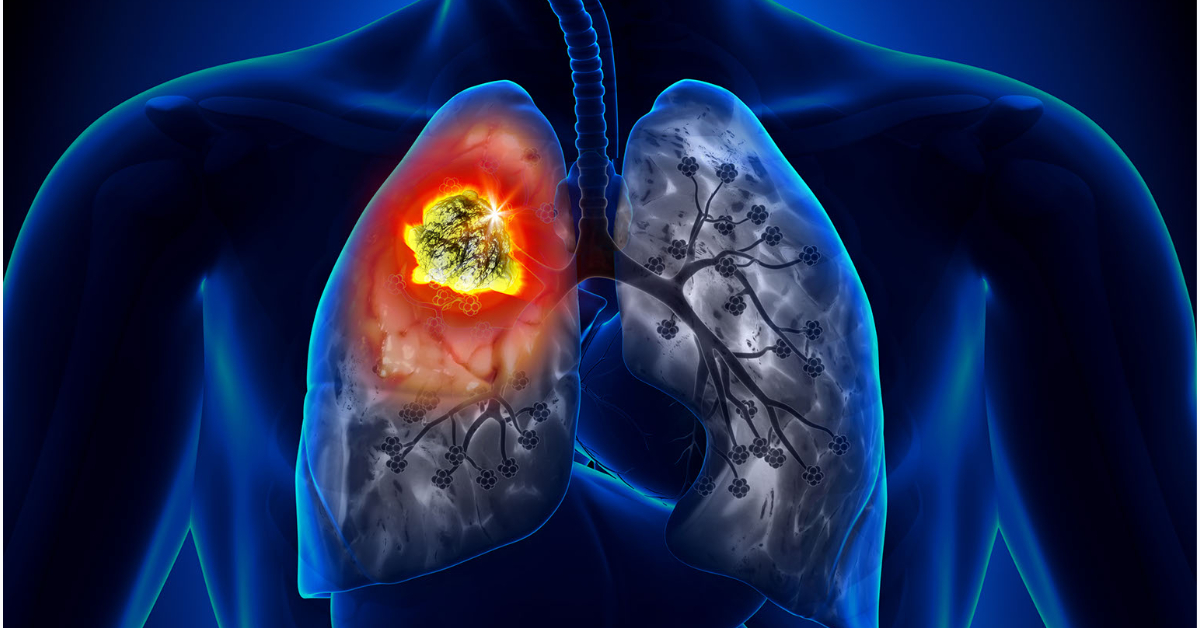
India provides world-class lung cancer treatment with advanced medical technologies and highly qualified oncologists. | Find Top Hospitals in India for Lung Cancer Treatment | Contact for Appointment & Assistance!
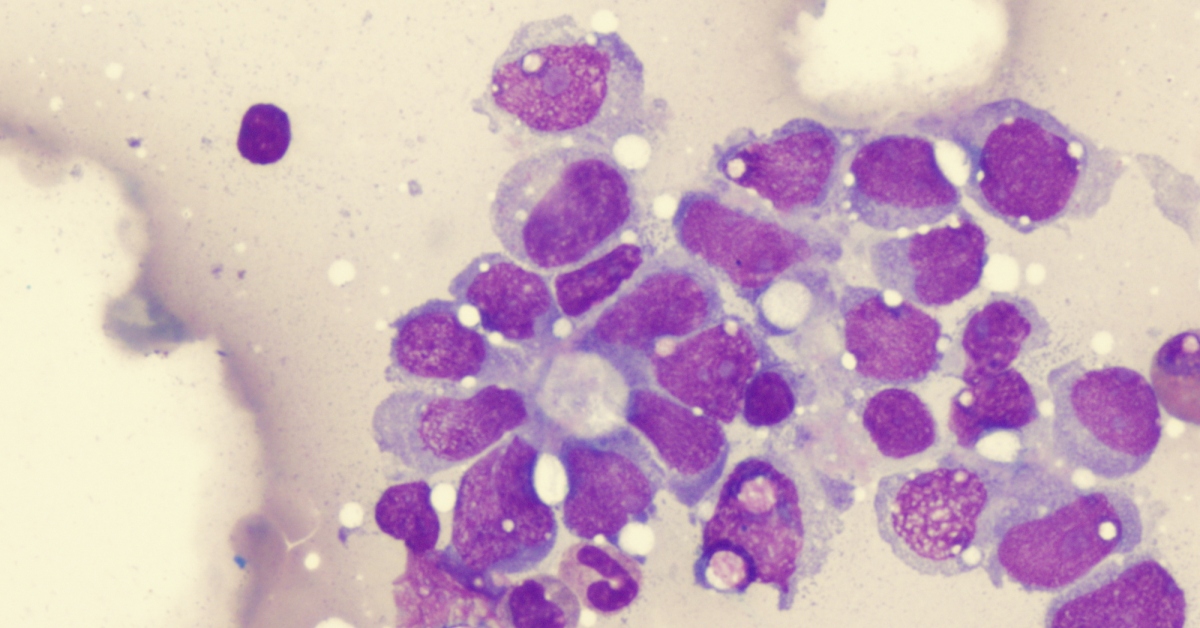
India is a leading destination for Ewing Sarcoma treatment, offering cutting-edge therapies and expert medical care. | Find the best hospitals for in India for Ewing Sarcoma treatment. | Contact for Appointment & Assistance!
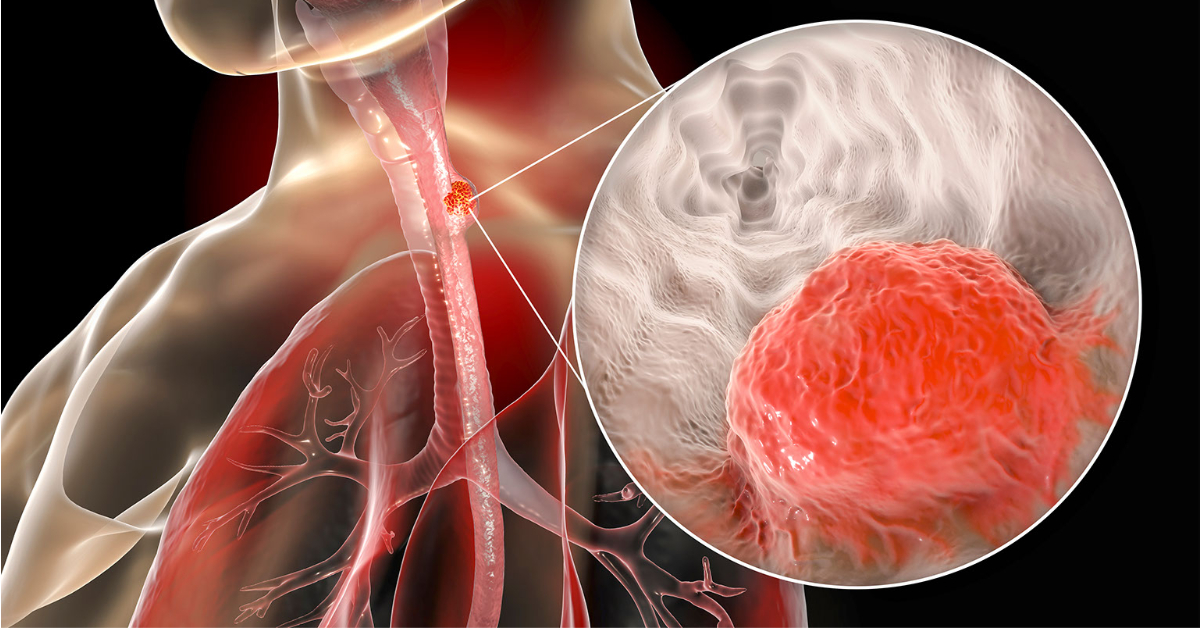
Get advanced Esophagus Cancer Treatment in India with world-class medical facilities, experienced oncologists, and comprehensive care. | Contact for Appointment & Assistance!
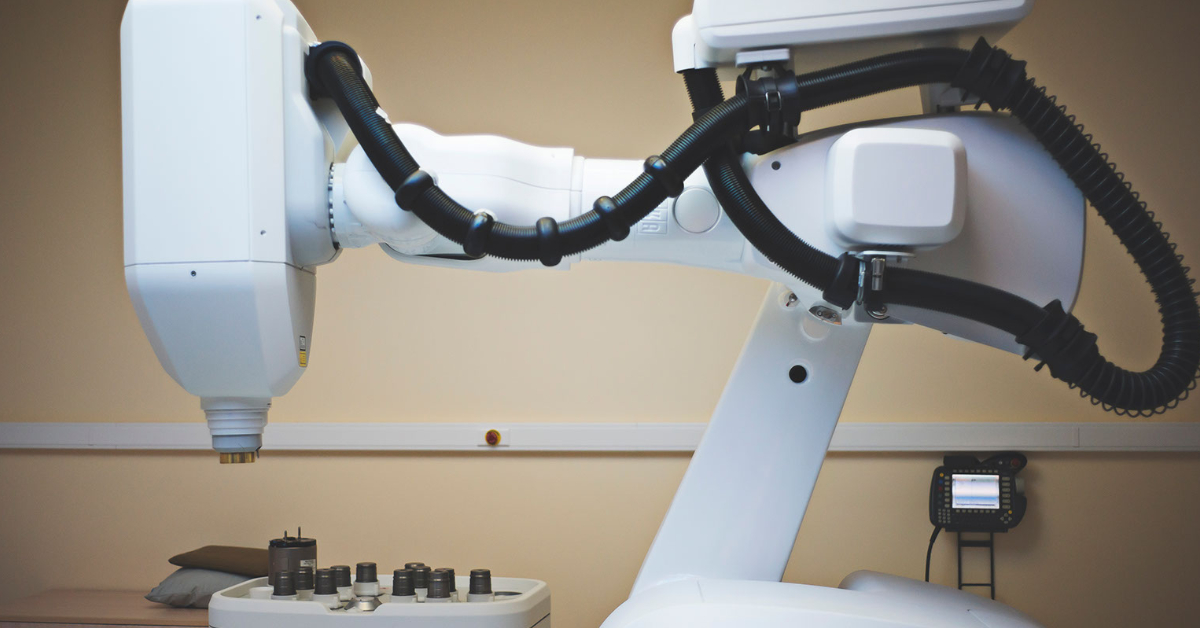
Get Cyberknife Radiosurgery in India at some of the world-class hospitals. | Find top doctors in India for Cyberknife Radiosurgery | Contact for Appointment & Assistance!

Table of Contents What is Liver Transplant? A liver transplant is a critical surgical procedure performed to replace a diseased or failing liver with a

Screening Tests for Kidney Transplant Patients and Donors Before a kidney transplant, both the recipient and the donor undergo a series of comprehensive screening tests

Table of Contents What is Kidney Transplant ? A kidney transplant is a surgical procedure that replaces a damaged or failing kidney with a healthy
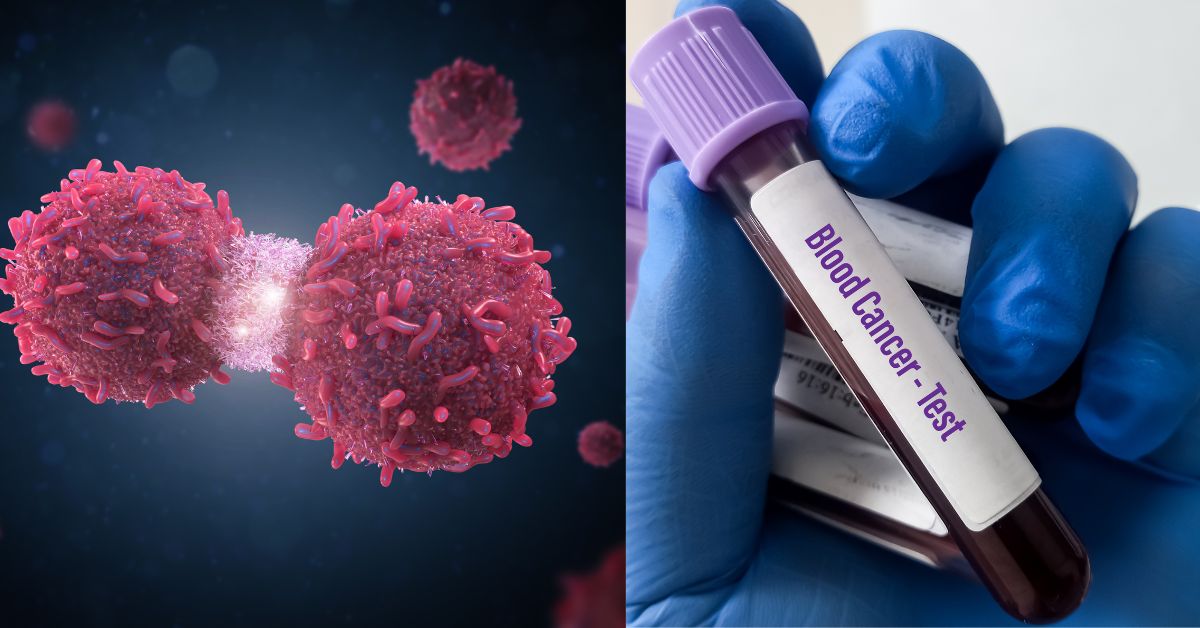
Top Cancer Hospitals in Mumbai A cancer diagnosis can often seem frightening and overwhelming for patients as well as their loved ones. However, it’s important

Top Cancer Hospitals in Delhi NCR Delhi NCR which is a hub for top-notch medical treatment in India boasts some of the largest private cancer
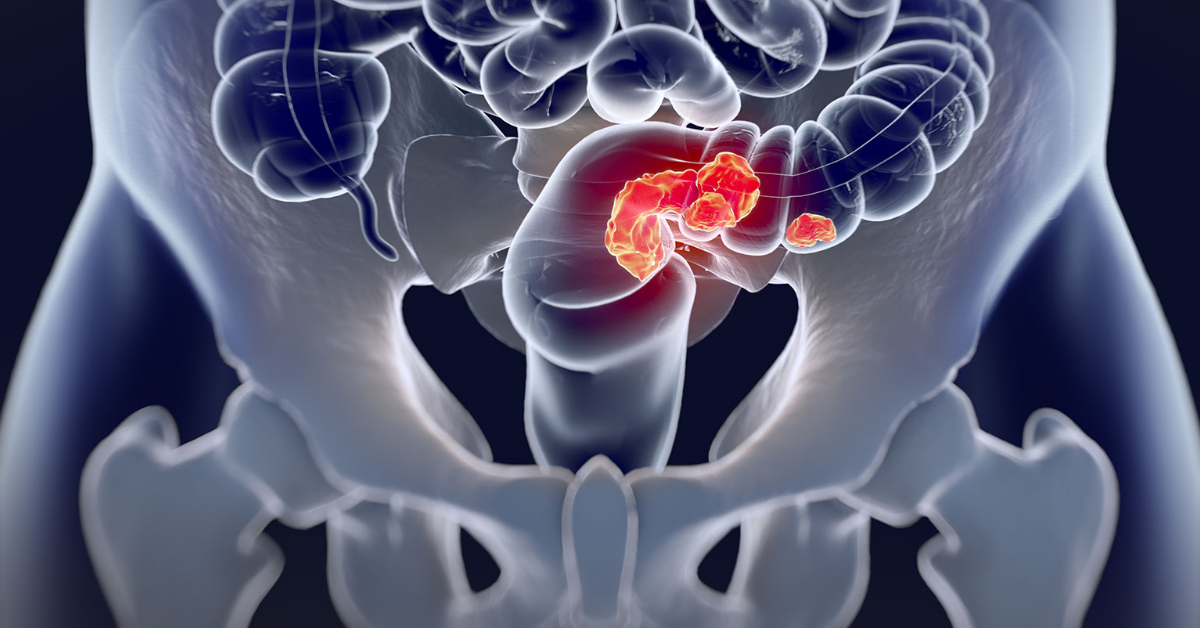
Find effective colon cancer treatment options in India with top hospitals, expert care, and cutting-edge technology. | Contact for Appointment & Assistance!

India is a leading destination for colon cancer treatment, offering top hospitals, experienced oncologists, and effective treatment options at affordable prices. | Contact for Appointment & Assistance!
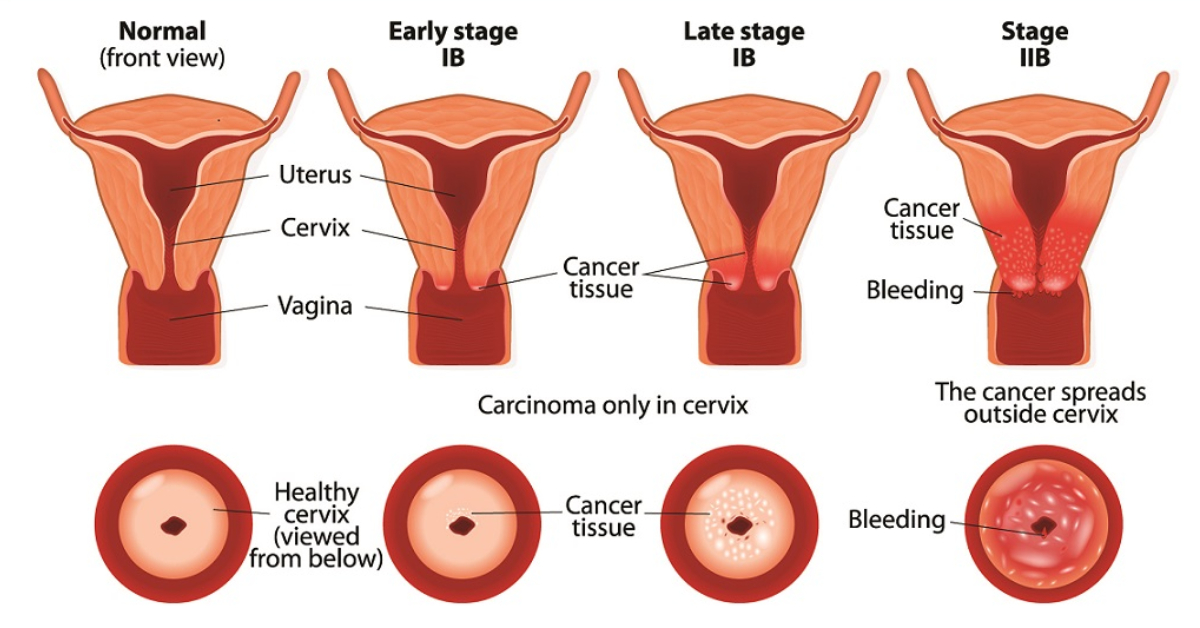
Discover top-notch Cervical Cancer Treatment in India: From advanced therapies to compassionate care, find hope and healing with leading medical experts. | Contact for Appointment & Assistance!
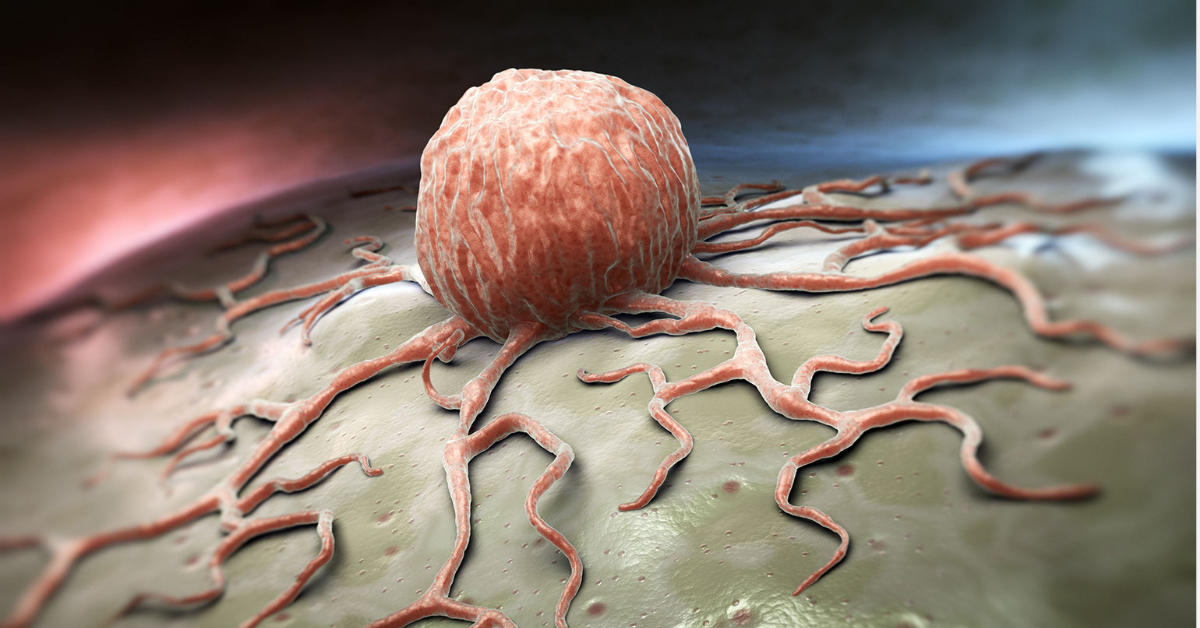
Cancer Treatment in India | India is a leading destination for cancer treatment, offering high-quality treatment with cutting-edge technology and highly experienced cancer specialists. | Contact for Appointment & Assistance!

Breast cancer treatment in India has seen remarkable advancements in recent years, with a comprehensive approach that integrates cutting-edge technology, skilled medical professionals, and compassionate care.
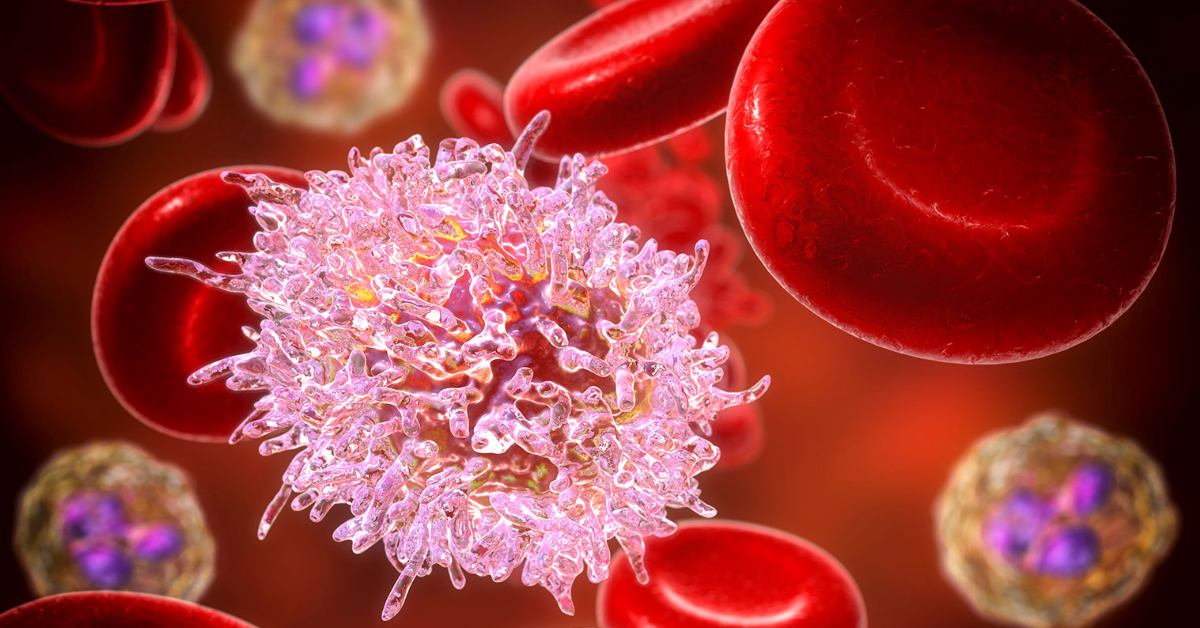
India has emerged as a leading destination for blood cancer treatment, offering high-quality care at affordable costs.
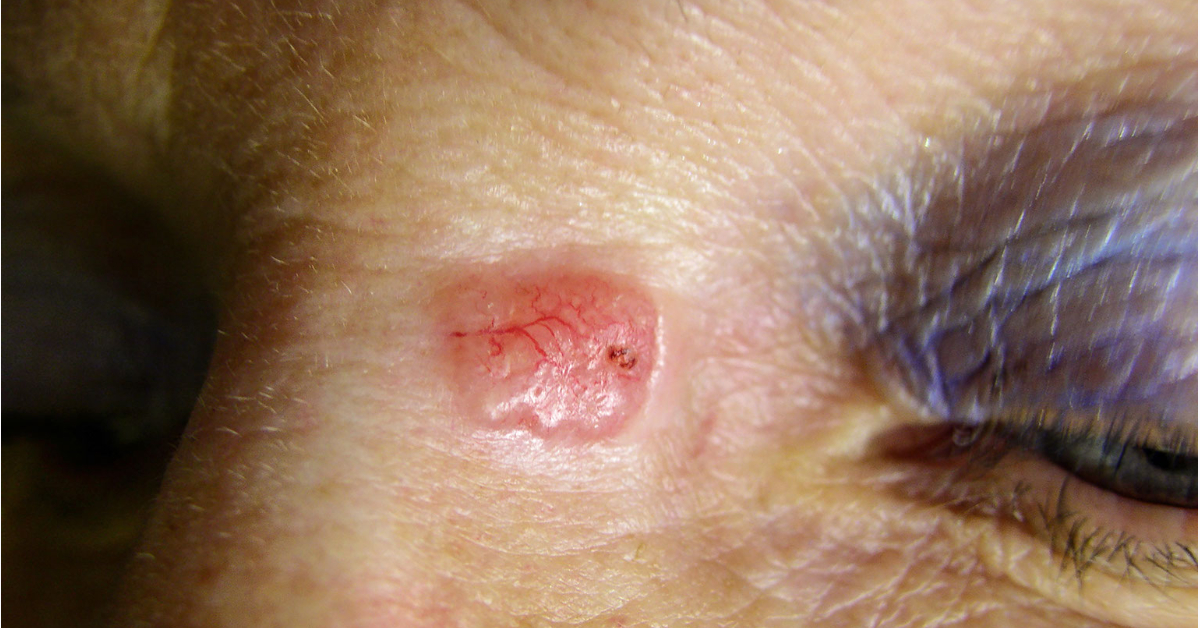
India hosts several world-renowned hospitals that specialize in treating basal cell carcinoma, equipped with state-of-the-art technology and staffed by highly experienced professionals.

Table of Contents What is Anal Cancer? Anal cancer is a relatively rare malignancy that occurs in the anal canal, the short tube connecting the

Although an AVM (arteriovenous malformation) may develop anywhere within the body, the most common sites are the brain and spine. However, brain AVM is rare and affects only a small chunk of the human population.
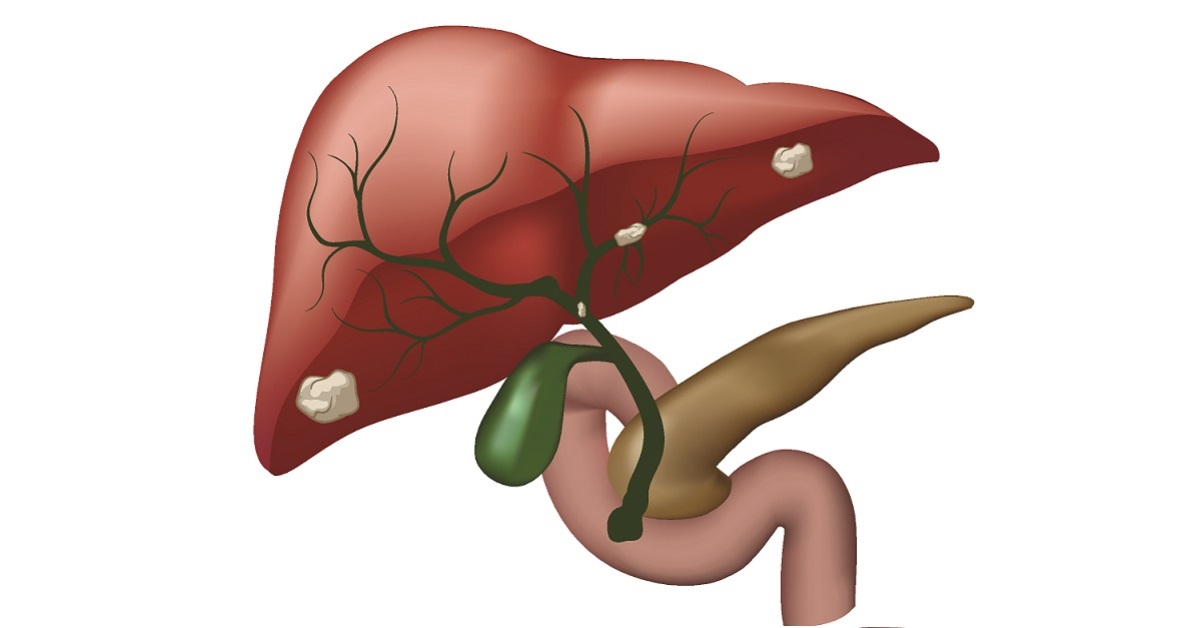
Cholangiocarcinoma, which is also known as bile duct cancer, is a cancer that forms in the slender tubes or bile ducts that carry the fluid bile, which helps the body digest fat. Bile ducts connect the liver to the gallbladder as well as to the small intestine. This condition, which is generally uncommon, occurs mostly in people who are over the age of 50. However, it can even appear in younger people.

Osteosarcoma, which is also termed as osteogenic sarcoma, is a type of bone cancer. It occurs when the cells that grow new bone form a cancerous tumor. If the disease is diagnosed early, then treatment procedures such as surgery or chemotherapy are successfully able to remove the tumor, before it can spread.

Cancerous mole is typically a new mole or an existing one, which has gone through a few changes. A cancerous mole is also known to be the most common sign of melanoma of the skin. Every new or changing mole, however, is not cancerous, and therefore, it is better to keep track of the moles.
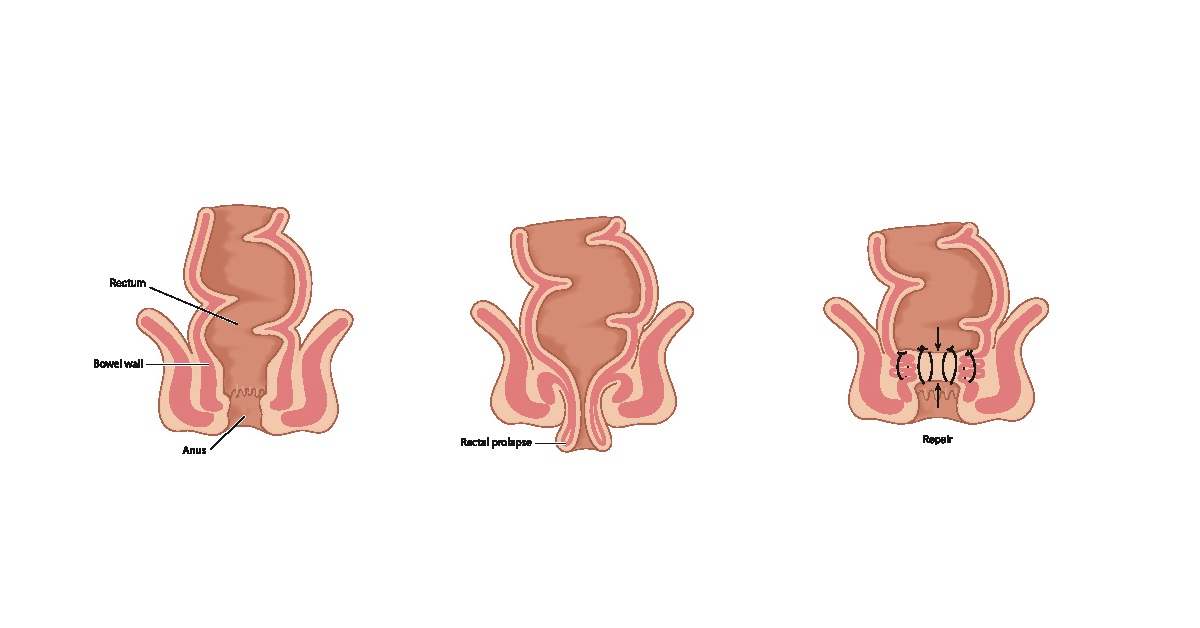
Rectal Prolapse is a condition in which the rectum begins to push through the anus. The rectum is the last part of the large intestine, and the anus is the opening through which waste leaves the body.
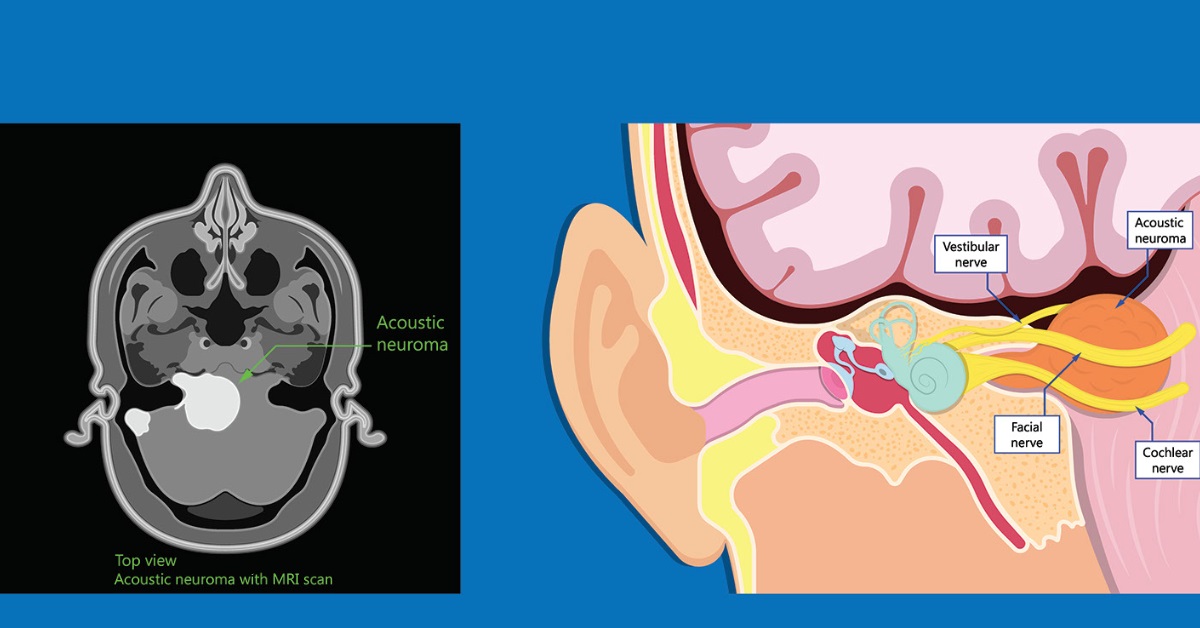
An acoustic neuroma is a noncancerous growth which can develop on the eighth cranial nerve. Also termed as the vestibulocochlear nerve, it is known to connect the inner ear with the brain, and it consists of two different parts. While one part is responsible for the transmission of sound, the other part helps to send balance information from the inner ear to the brain.

Osteomyelitis is an infection in a bone, which is rare but can be quite serious. Infections reach a bone by spreading from nearby tissue or by traveling through the bloodstream. Infections can also begin in the bone itself, if due to an injury the bone is exposed to germs.

Craniosynostosis is a birth defect which involves one or more of the fibrous joints between the bones of the skull of the baby closing prematurely before the brain of the baby is fully formed. As brain growth continues, the head takes a misshapen appearance.
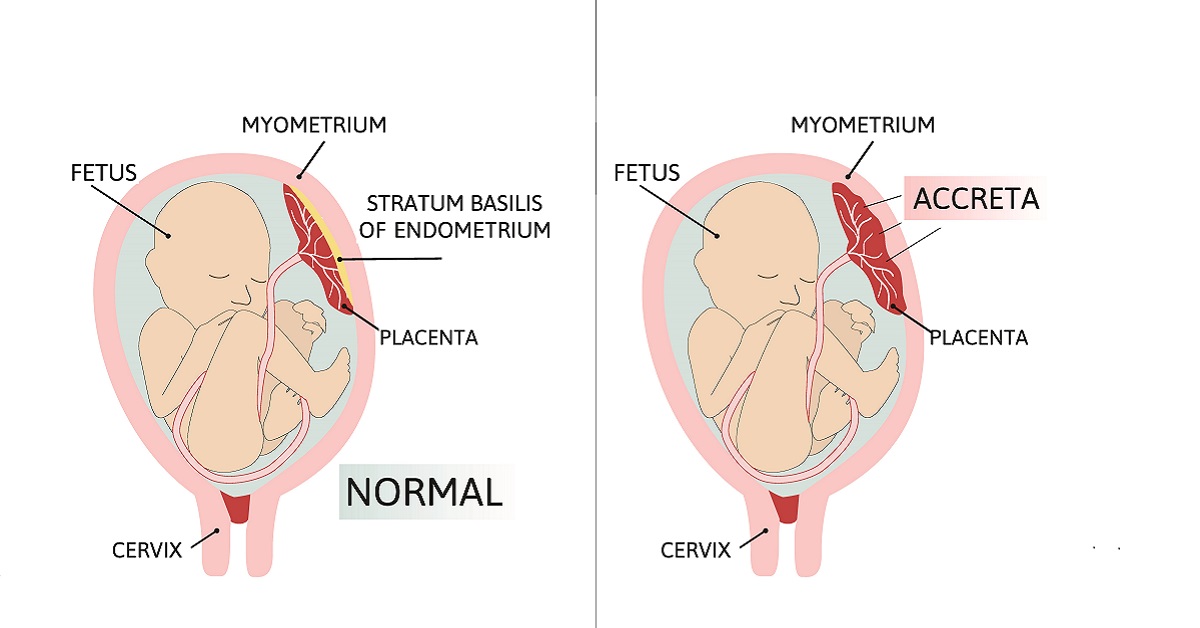
Placenta accreta is a serious condition that can occur during pregnancy. In a typical pregnancy, the placenta detaches easily from the wall of the uterus after delivery. However, when placenta accreta occurs, the placenta grows into the uterine wall and does not separate easily after the delivery. When this condition becomes severe, it can even lead to excessive bleeding, which may even be life-threatening. It might require a blood transfusion or even a hysterectomy.

In women, the bladder is normally held in place by a hammock of supportive pelvic floor muscles as well as tissue. When these tissues are stretched or get weak, the bladder may drop or bulge through this layer and into the vagina. This can lead to bladder prolapse, which is also termed a cystocele. The prolapsed bladder may appear at the opening of the vagina as well, in severe cases. Sometimes it might even protrude through the vaginal opening.
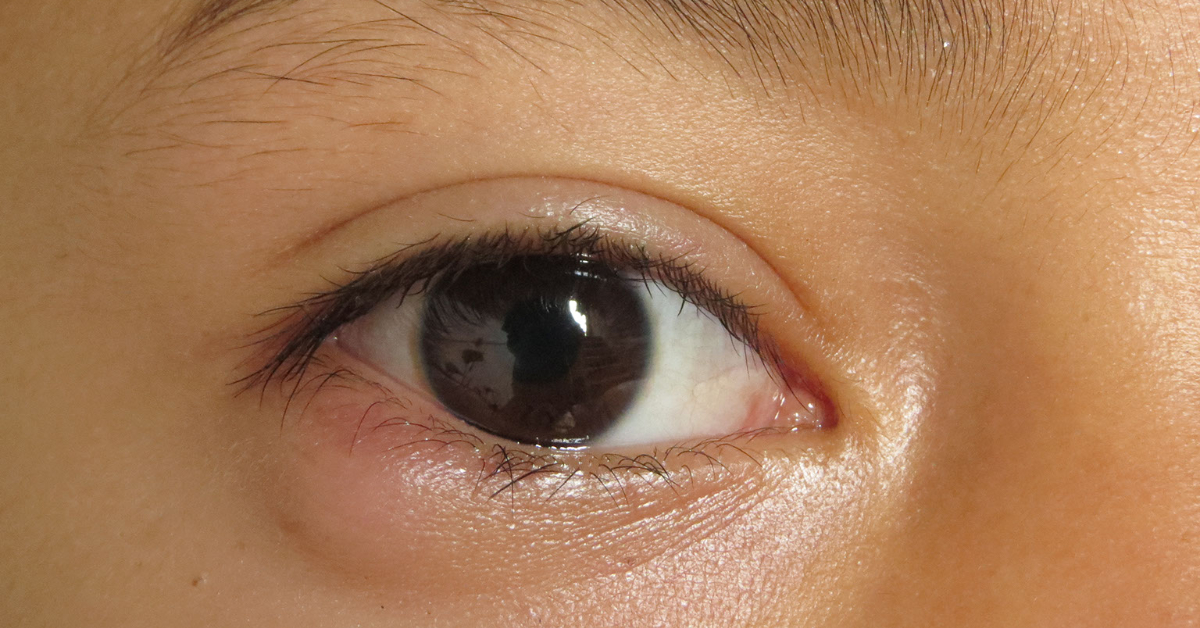
Papilledema is a condition in which there is a swelling in your optic nerve, connecting the eye and the brain. This swelling is caused by a reaction to a buildup of pressure in or around the brain that can be caused by various reasons.
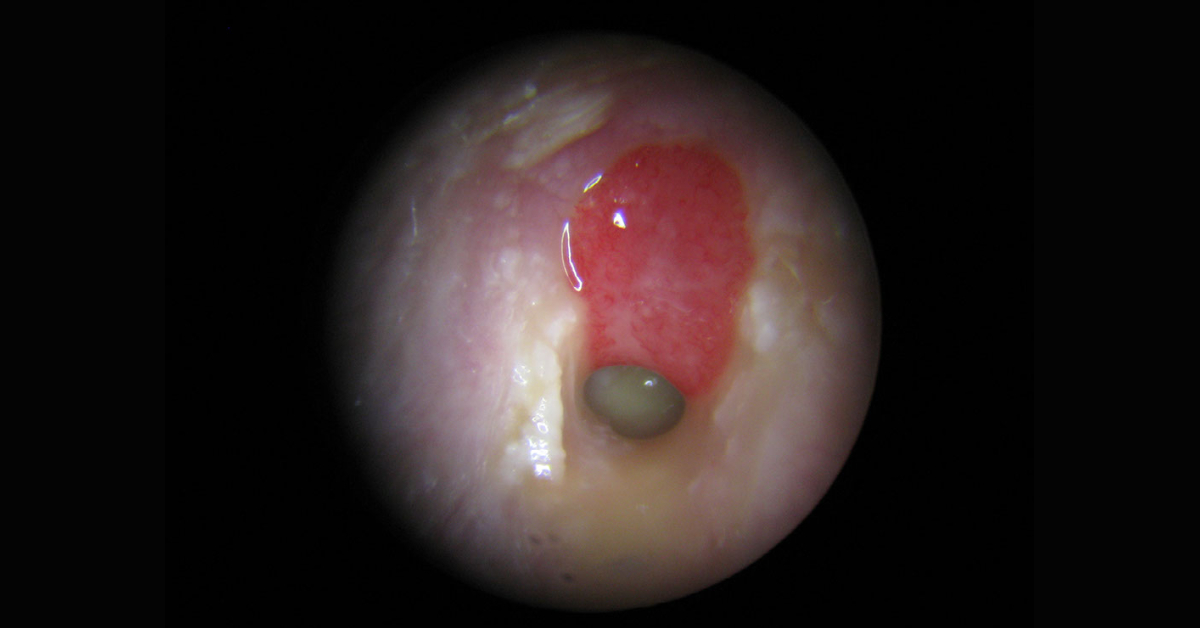
A cholesteatoma is a condition in which an abnormal, noncancerous skin growth occurs in the middle ear, behind the eardrum. It continues to grow in size, and therefore if left untreated, it might lead to hearing loss. The condition may be a birth defect, although it is also generally caused by repeated middle ear infections.
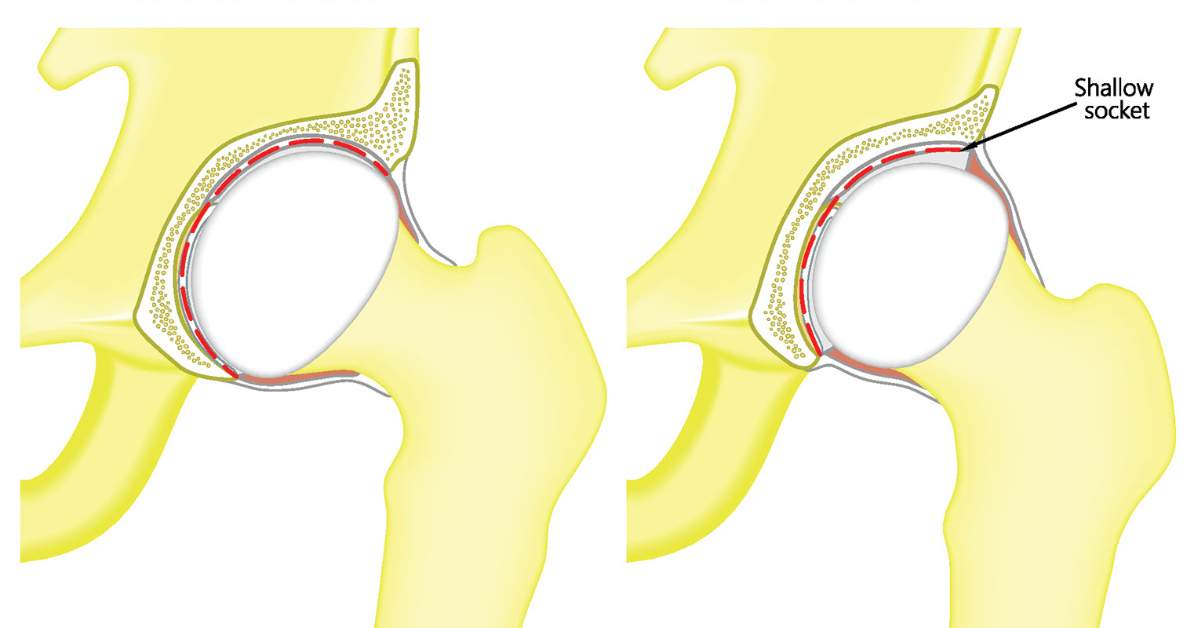
Hip dysplasia is a medical condition where a hip socket doesn’t cover the ball portion of the upper thighbone fully. This allows your hip joint to become partially or completely dislocated. Generally, most people with hip dysplasia are born with this condition. Doctors generally check a baby for signs of hip dysplasia shortly after they are born, and during visits. If hip dysplasia gets diagnosed during early infancy, it may be easily corrected using a soft brace. In milder cases, the patient generally does not show symptoms until he/she is a teenager or a young adult.

A pericardial effusion is a condition in which there is an excess of fluid between your heart and the sac surrounding the heart, which is termed the pericardium. Although most of them are not harmful, they can sometimes make the heart work poorly.
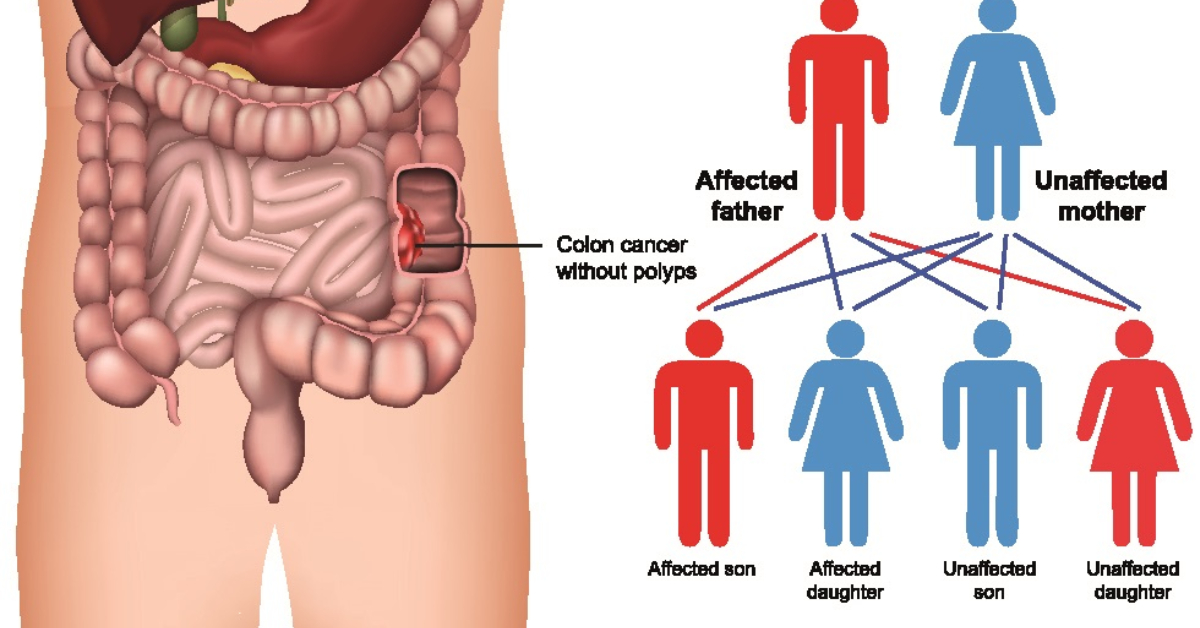
Lynch Syndrome is an inherited condition that can increase a person’s risk of developing certain cancers such as colorectal cancer, before the age of fifty. It may also be referred to as nonpolyposis colorectal cancer.
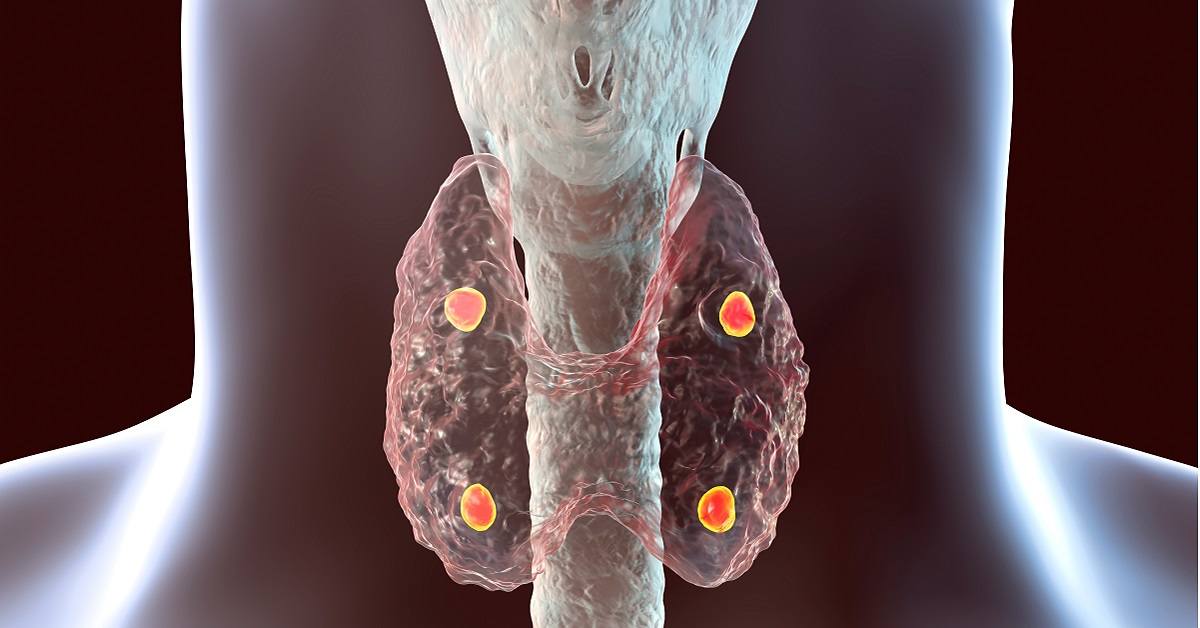
Hyperparathyroidism is a condition when your parathyroid glands create excess parathyroid hormone in the bloodstream. The parathyroid glands are located behind the thyroid at the bottom of the neck and are about the size of a grain of rice.

Breast cysts are round or oval structures that are filled with fluid, which form inside the breast. Around one-fourth of all breast masses turn out to be cysts. However, most breast cysts are benign and therefore they don’t increase your risk of breast cancer. Breast cysts generally don’t require any treatment unless a cyst is large or painful or uncomfortable.
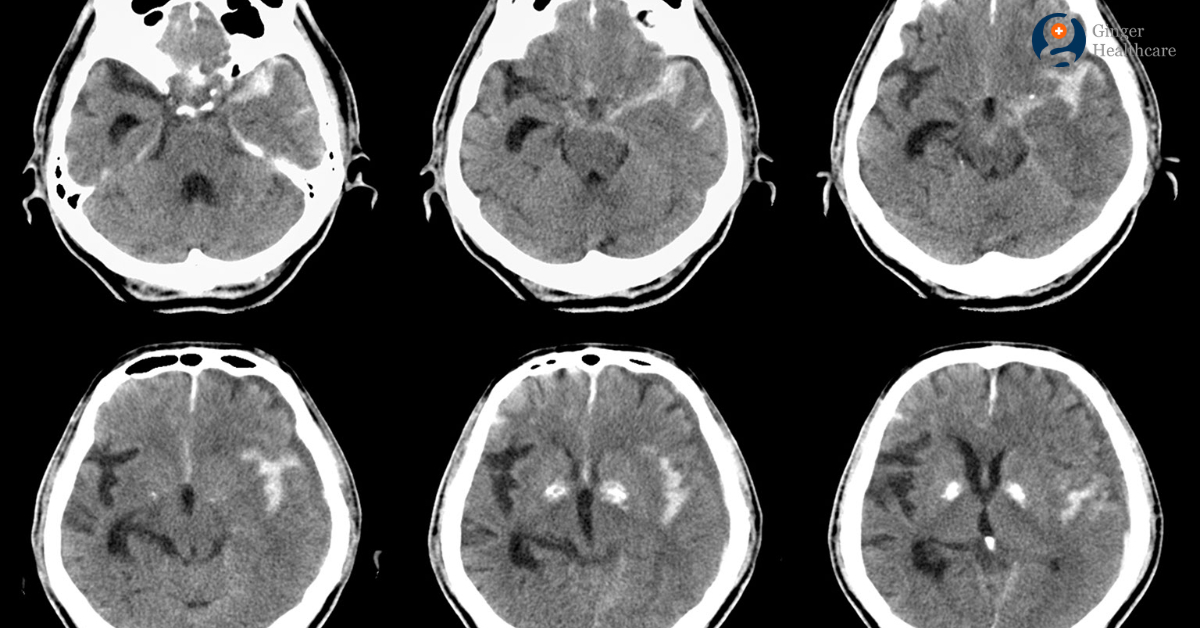
Subarachnoid hemorrhage is a type of stroke, which in most cases, is caused by head trauma. In patients without head trauma, it is generally caused by a brain aneurysm. A brain aneurysm is a ballooning of the artery in the brain, which may rupture and bleed into the space between the brain and the skull.

Keratoconus is a condition which occurs when your cornea, the clear, dome-shaped front surface of your eyes, thins gradually and starts bulging outward into a cone shape. The tiny fibers of protein in your eye which is known as collagen help in holding your cornea in place. When these fibers are weakened, they are unable to hold their shape. The cornea, therefore, gets more and more cone-like. The condition is caused when you don’t have enough protective antioxidants in the cornea.
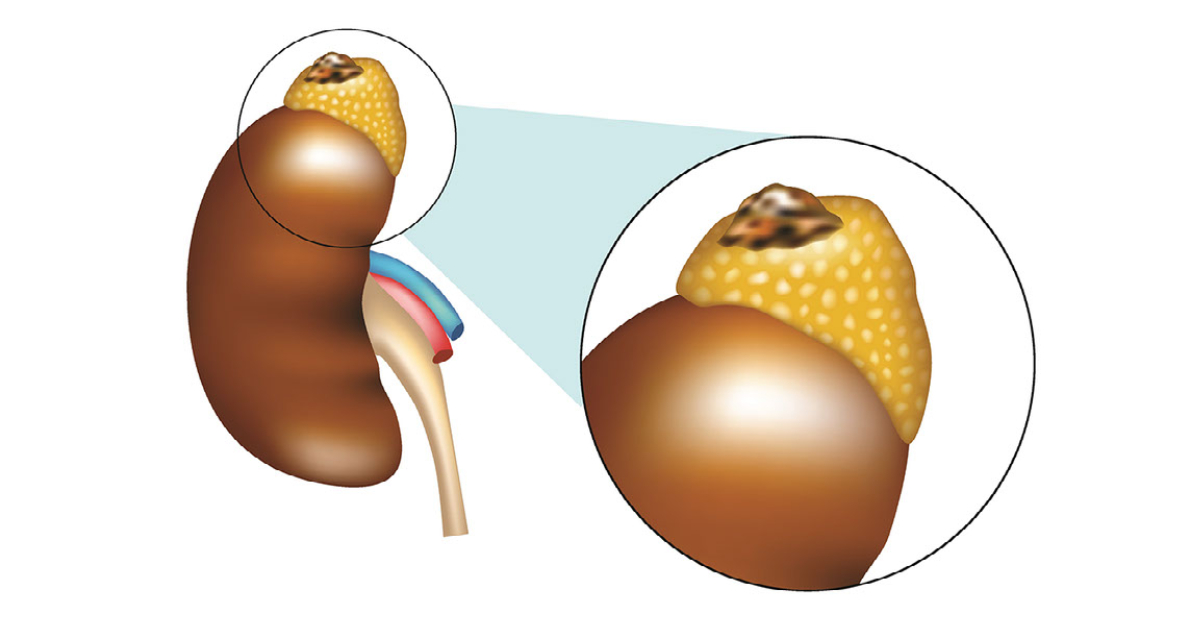
A pheochromocytoma is a rare type of tumor that usually grows in the adrenal glands, above the kidneys. It is also known as an adrenal paraganglioma or a chromaffin cell tumor. It is generally common in adults between the ages of 30 to 50, though people of all ages might have it. Ten percent of all cases are known to occur among children.

Hypermetropia, which is also known as hyperopia or farsightedness is a common vision condition in which you are able to see distant objects clearly but nearby objects appear blurry. People having severe farsightedness may be able to see objects only a great distance away, while those with mild farsightedness, can see objects that are closer.
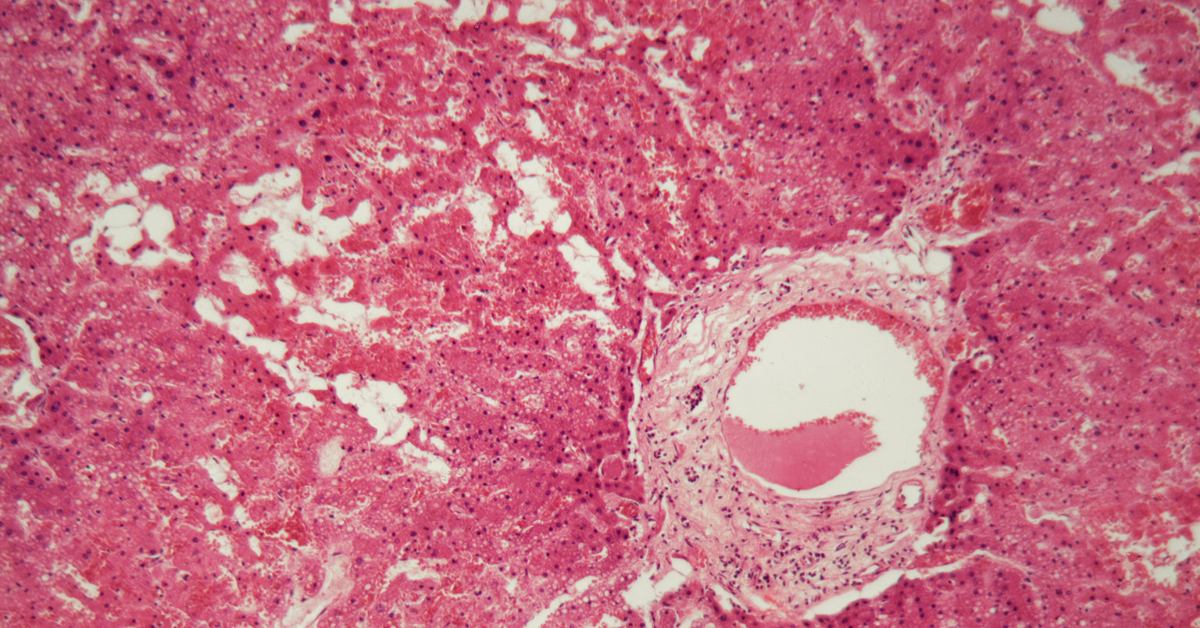
Amyloidosis is a condition in which an abnormal protein known as amyloid builds up in your tissues and organs. It is a serious health issue, which can lead to even life-threatening organ failure.
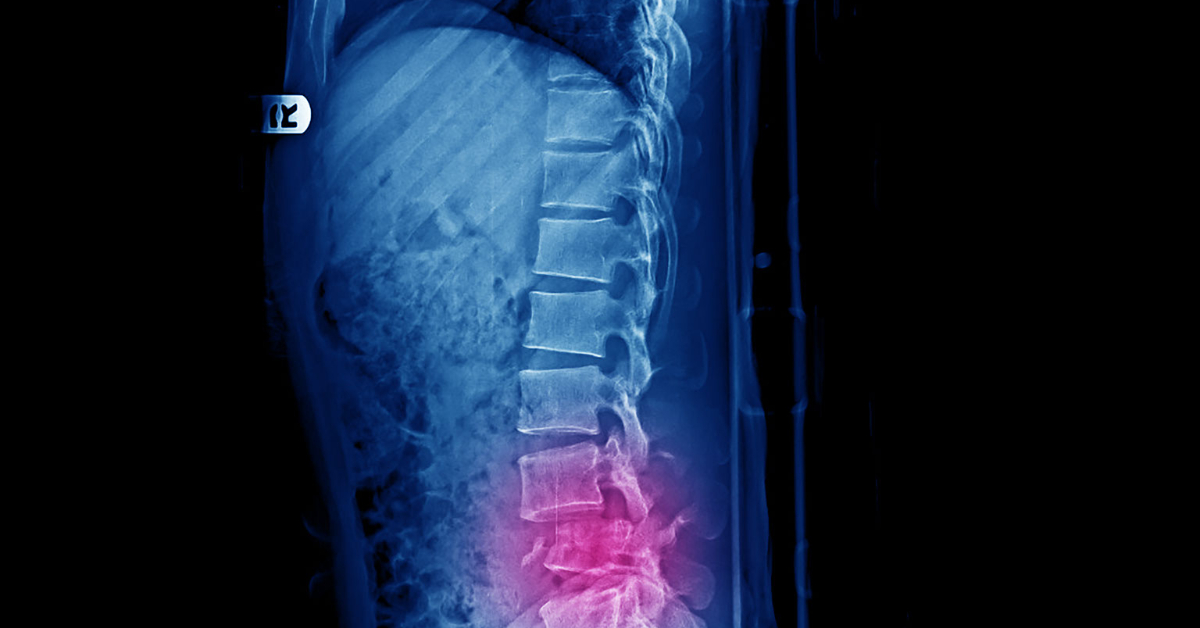
Lower back pain is known to affect millions of people every year, and in most cases, it also improves without any surgery. However, in some cases, lower back pain can also be a symptom of a serious condition which may often be misdiagnosed. This condition is cauda equina syndrome, which occurs when the nerve roots of the cauda equina are compressed and disrupt motor and sensory function to the lower extremities and bladder.

A dislocated shoulder is an injury in which the upper arm bone pops out of the cup-shaped socket which is a part of your shoulder blade. Your shoulder is the most mobile joint in the body, and it allows the arm to move in multiple directions. Due to this ability to move, shoulder the shoulder is not only unstable but also the most dislocated joint in the body.

Glomerulonephritis is a condition where the tiny filters in your kidneys, i.e. glomeruli, get inflamed. Glomeruli help you to remove excess fluid and waste from your bloodstream, which is then passed into your urine. This condition can come on suddenly or develop gradually. Both types may be fatal.
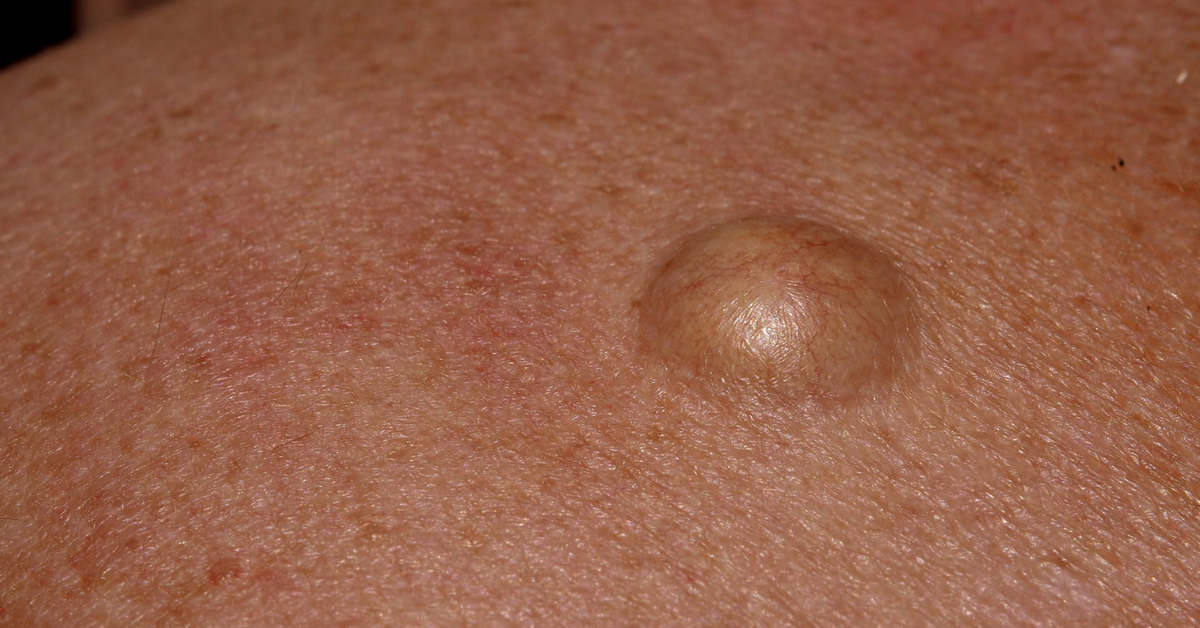
Neuroblastoma is a type of cancer that is caused by immature nerve cells that are found in different areas of the body. This condition commonly arises in and around the adrenal glands. However, it may also occur in other areas of the abdomen as well as in the chest, neck, and near the spine, where groups of nerve cells exist.

Anal cancer occurs when cancer cells form tumors in the tissues of the anus. The anus is the small opening located at the lower end of the intestines. This condition causes signs and symptoms such as anal pain and rectal bleeding.
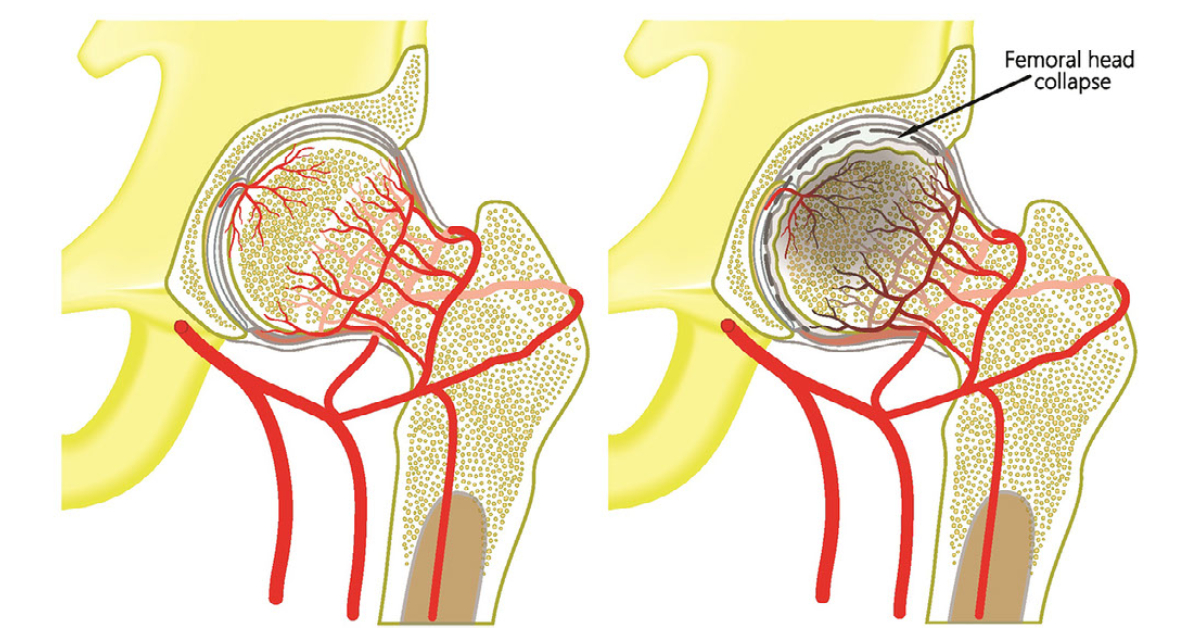
Avascular Necrosis is the death of bone tissue which is caused by a loss of blood supply. Also termed osteonecrosis, it causes tiny breaks in the bone and eventually leads to the bone collapsing.

Pleural effusion is a condition where there is an unusual amount of fluid around your lungs. It can be caused by several medical conditions.
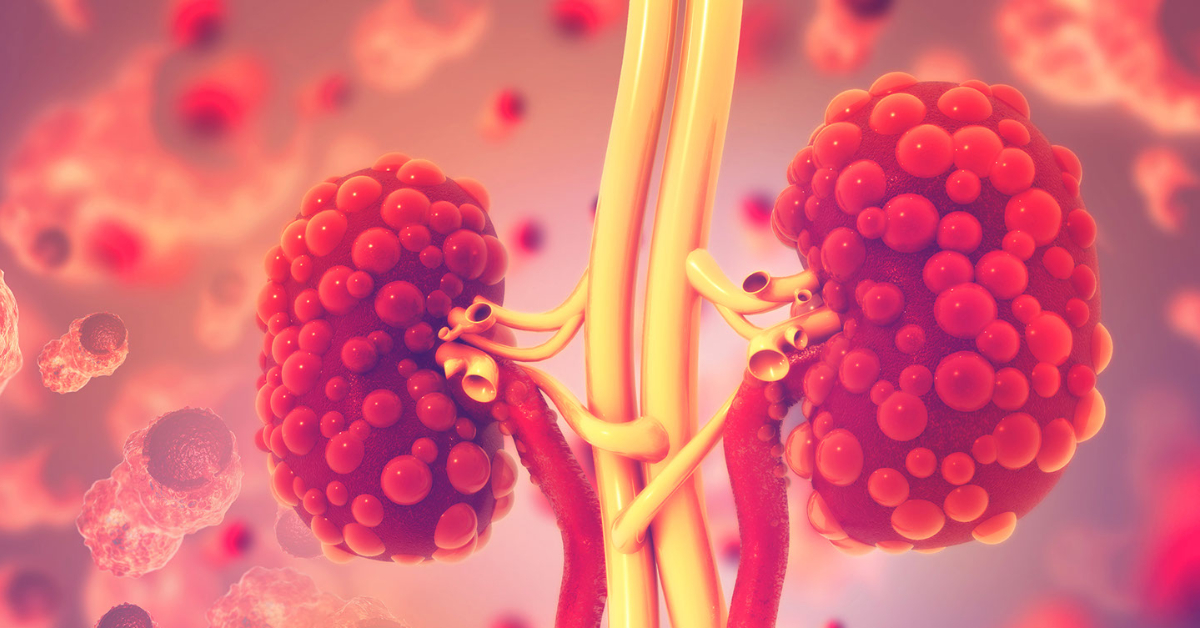
Polycystic kidney disease (PKD) is a kidney disorder, which leads to clusters of fluid-filled cysts forming in the kidneys. This condition can not only impair the function of your kidneys but also eventually lead to kidney failure. It is known to be the fourth leading cause of kidney failure. The disease may cause several other complications, such as high blood pressure and cysts developing in your liver.
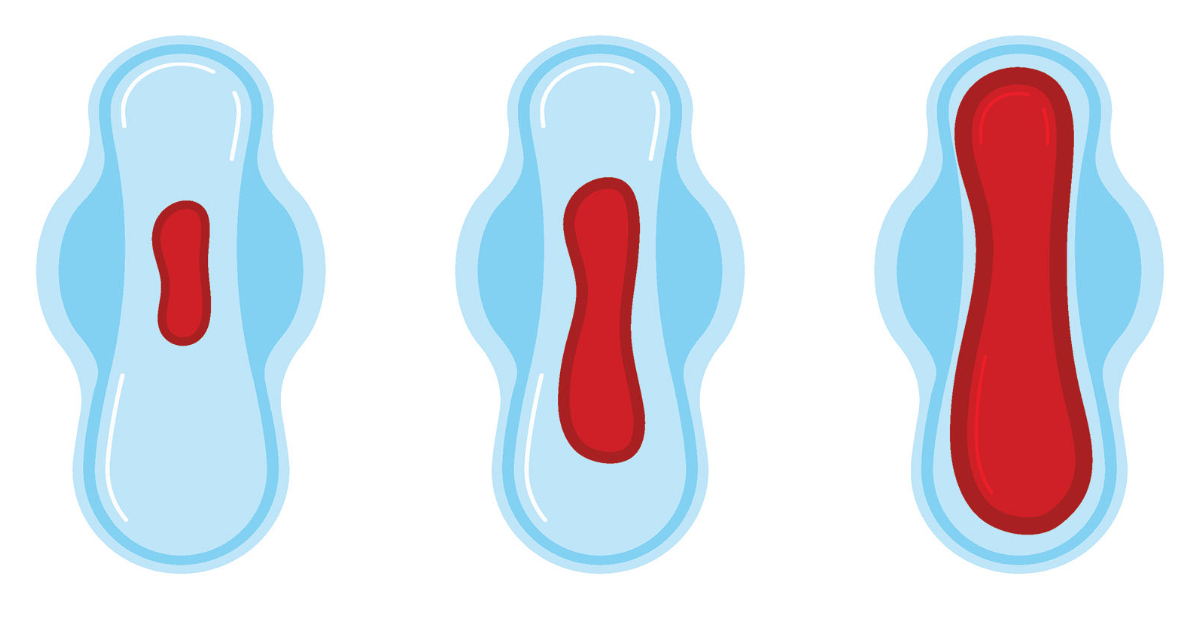
When a woman suffers from menstrual periods with abnormally prolonged or heavy bleeding, it is termed as menorrhagia. Around 1 in every 20 women is known to have menorrhagia.
Sometimes, the bleeding can get very heavy, and even require changing a tampon or pad every two hours. It can also mean passing clots the size of a quarter or even larger.
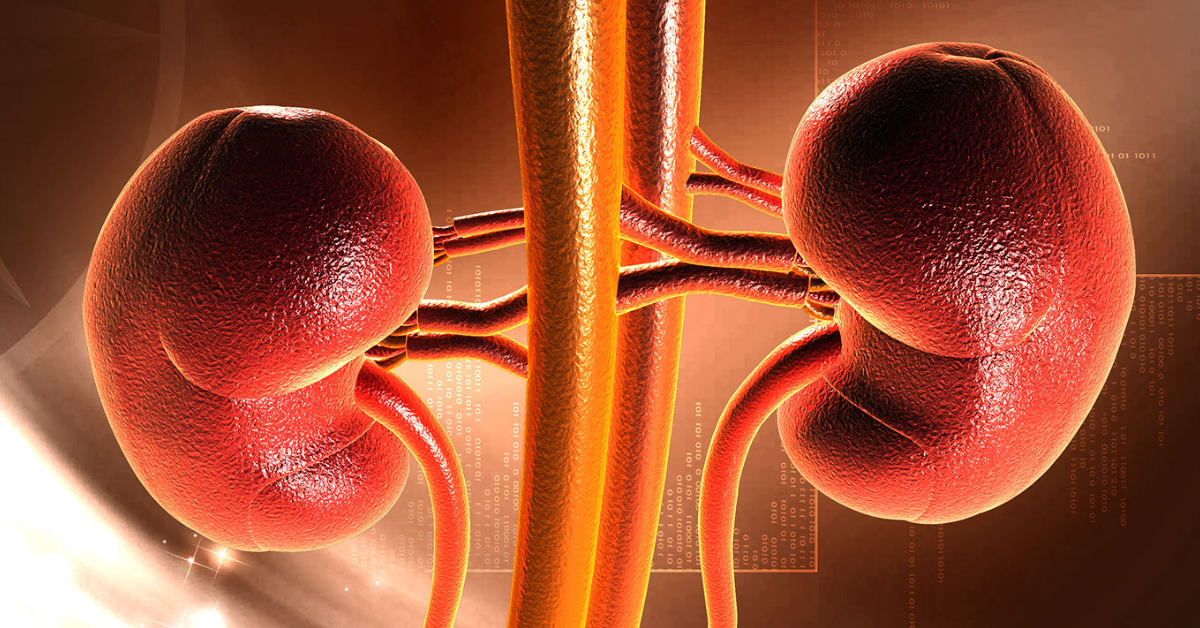
Kidney cancer or renal cancer is any cancer that involves your kidney. Generally, this condition is caused by several factors which can include old age, smoking, obesity, and high blood pressure. Among adults, renal cell carcinoma is the most common type of kidney cancer. There are other less common types of kidney cancer as well, such as Wilms Tumor, which is common among children.

Traumatic Brain Injury is a condition which results from sudden damage to the brain, caused by a blow or a jolt to the head. Generally, the common cause is usually a car or motorcycle crash, sports injury, fall, or assault. Sometimes, there might be only a concussion, but in severe cases, there might be permanent brain damage. In mild cases, rest and medication might be enough, but severe traumatic brain injury cases might require rare and life-saving surgery. People who survive a brain injury may face lasting effects in their physical as well as mental abilities. They might also show emotions and personality changes. Some people might need rehabilitation to recover as well as relearn skills.

Acute kidney failure, which is also termed as acute renal failure, is a condition which occurs when your kidneys suddenly stop working. It can happen in just a few hours or days.
This condition is not always permanent, and your kidneys can return to normal function, if you receive immediate treatment right away, and if you are not having other serious health problems.

Kaposi’s sarcoma is a cancer in which tumors with tiny blood vessels grow below the skin’s surface. They can also grow in other parts such as inside the mouth, the lymph nodes, the lungs, the liver, and the digestive tract.

Inflammatory bowel disease refers to several intestinal disorders that can cause prolonged inflammation of your digestive tract. The digestive tract comprises the mouth, stomach, esophagus, small intestine, and large intestine. It is responsible for the breaking down of food, as well as extracting nutrients and eliminating waste products from the body.

Spondylolisthesis is a condition of the spine, which occurs when vertebrae move more than it should, and eventually slips out of their place. Generally, it happens at the base of the spine. The slipped vertebra puts pressure on one of your nerves, which causes pain in the lower back or legs.
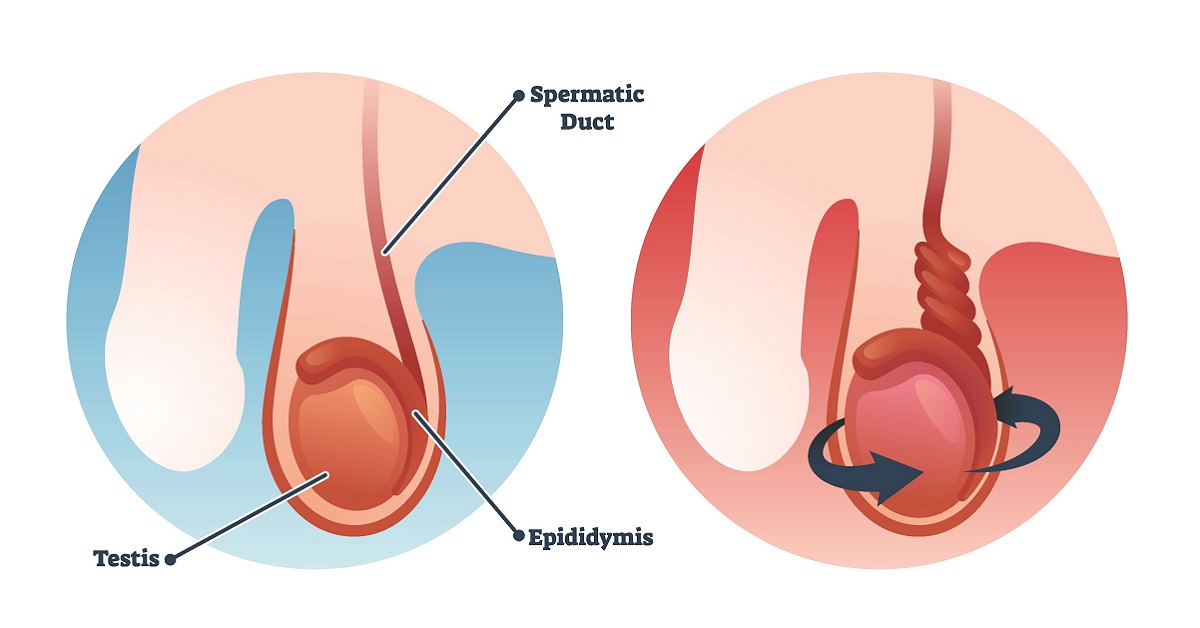
Testicular torsion is a condition that occurs when a testicle rotates and twists the spermatic cord that brings blood to your scrotum. This leads to reduced blood flow which can cause sudden and often severe pain along with swelling.

Pectus Excavatum, which is also termed as sunken or funnel chest, is a congenital chest wall deformity, in which there is an abnormal growth of some of the ribs and the sternum. This leads to a concave, or caved-in, appearance in your anterior chest wall. The condition occurs both in children, as well as adults, though it is mostly seen in the early teen years.
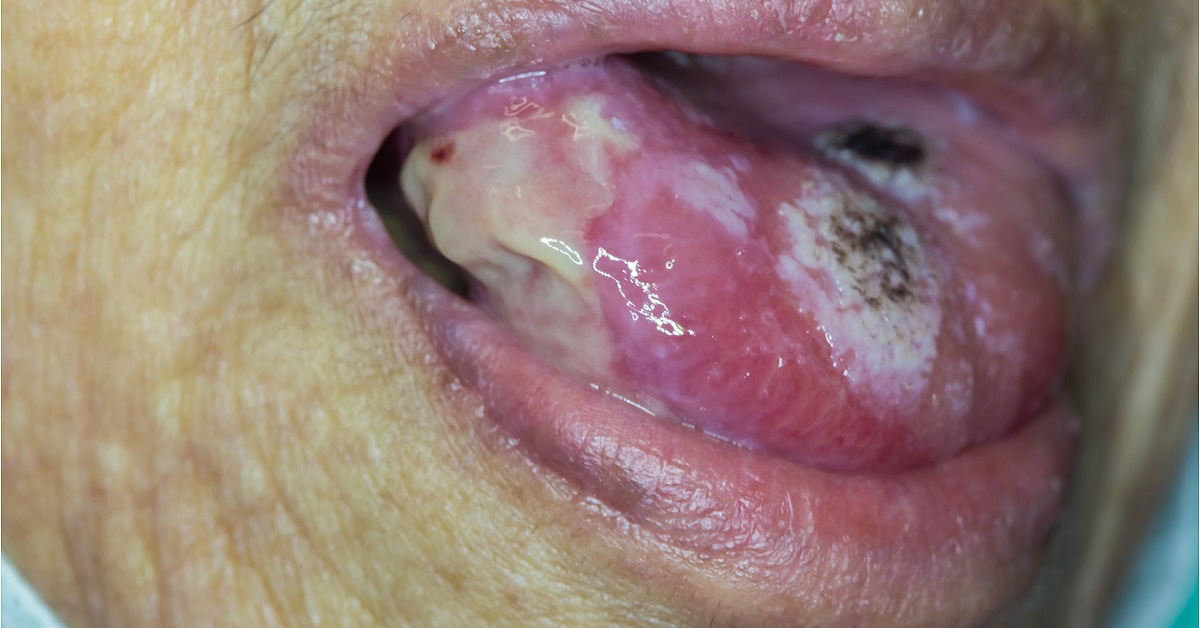
Tongue cancer is a type of cancer that begins in the cells of the tongue and may cause lesions or tumors in your tongue. If this condition occurs in the front of the tongue, then it is called ‘oral tongue cancer’. If this occurs at the base of the tongue, then it is termed oropharyngeal cancer.
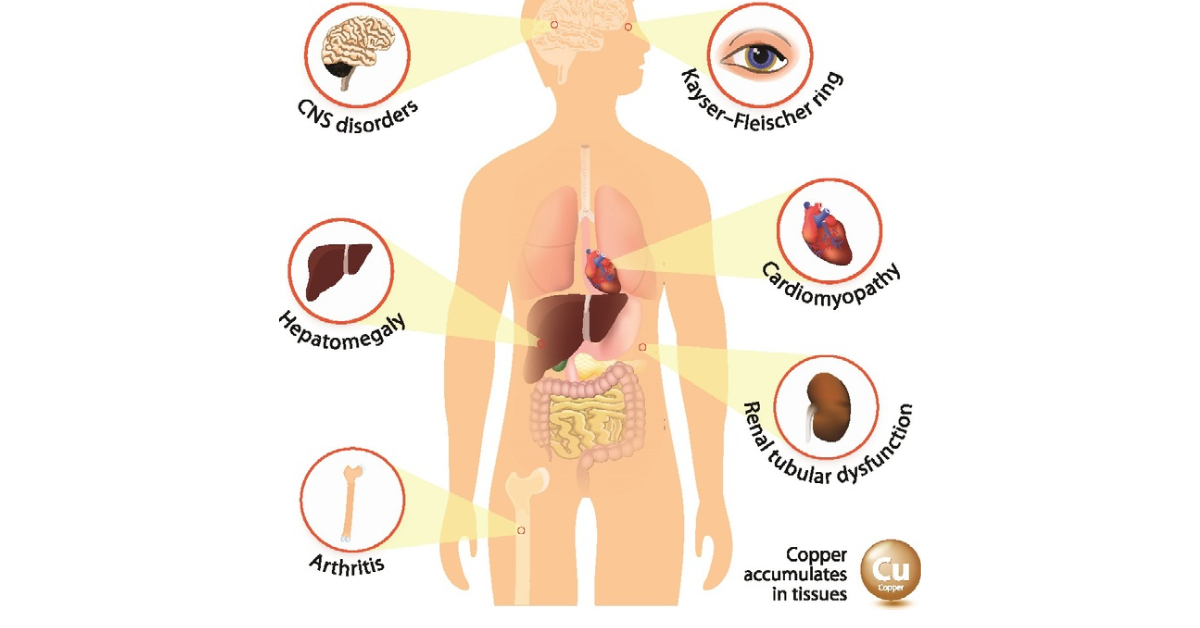
Wilson’s disease is a rare inherited disorder which can cause copper to accumulate in your brain, liver, and other vital organs. Most people with this condition are diagnosed between the ages of 5 and 35, though it can sometimes even affect older people. The condition is known to affect 1 to 30,000 people worldwide.
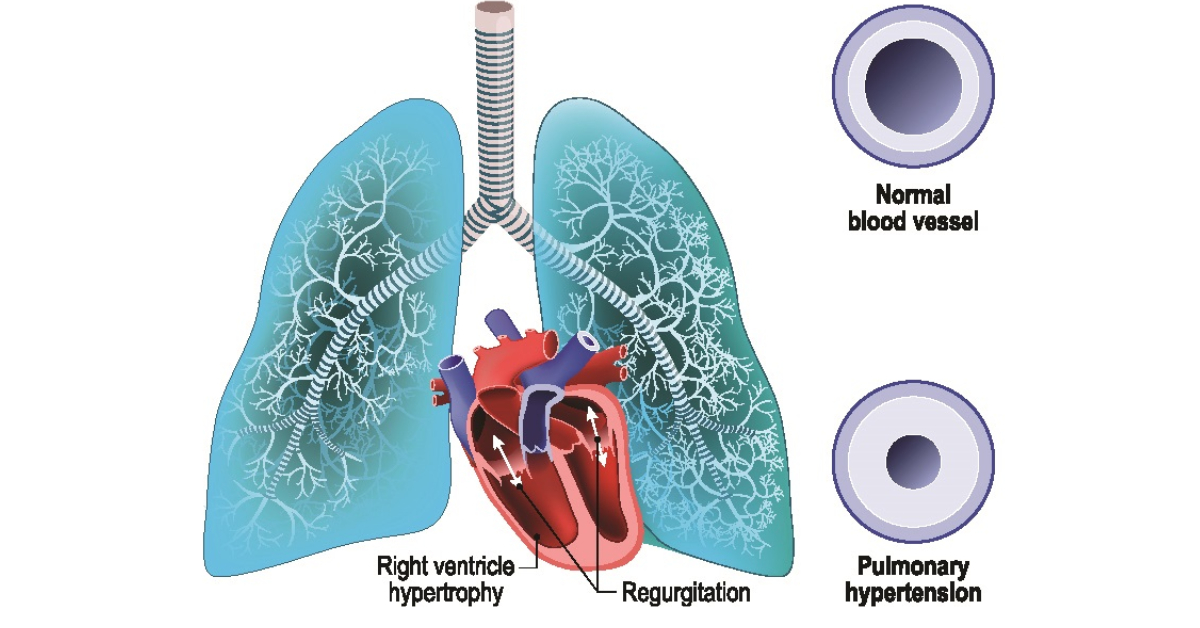
Pulmonary Hypertension is a type of high blood pressure that affects your arteries in the lungs as well as the right side of the heart. This condition is life-threatening and it generally gets worse over time. However, treatments can help you to lessen your symptoms so that you can live better with the disease. Although it may take some time, patients are generally able to live life normally, the way they did before their diagnosis.

Rectal Cancer is a type of cancer that develops in the cells of the rectum. Your rectum is located below the sigmoid colon, above your anus. Cancer inside the rectum (known as rectal cancer) and inside the colon (known as colon cancer) are usually referred to together as colorectal cancer. Across, the world, colorectal cancer is the second most common cancer among females and the third most common among males.
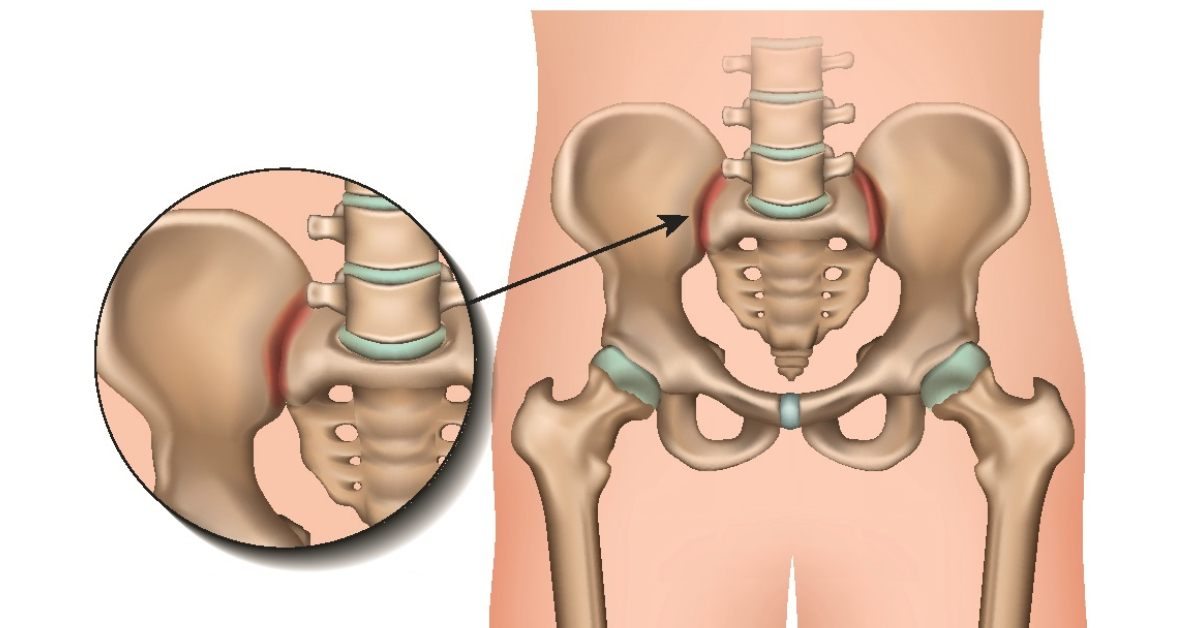
Sacroiliitis is a painful condition in which one or both of the sacroiliac joints get inflamed. The sacroiliac joints are located where the spine and the pelvis meet. It is related to diseases that cause inflammatory arthritis in the spine and are often misdiagnosed as lower back pain
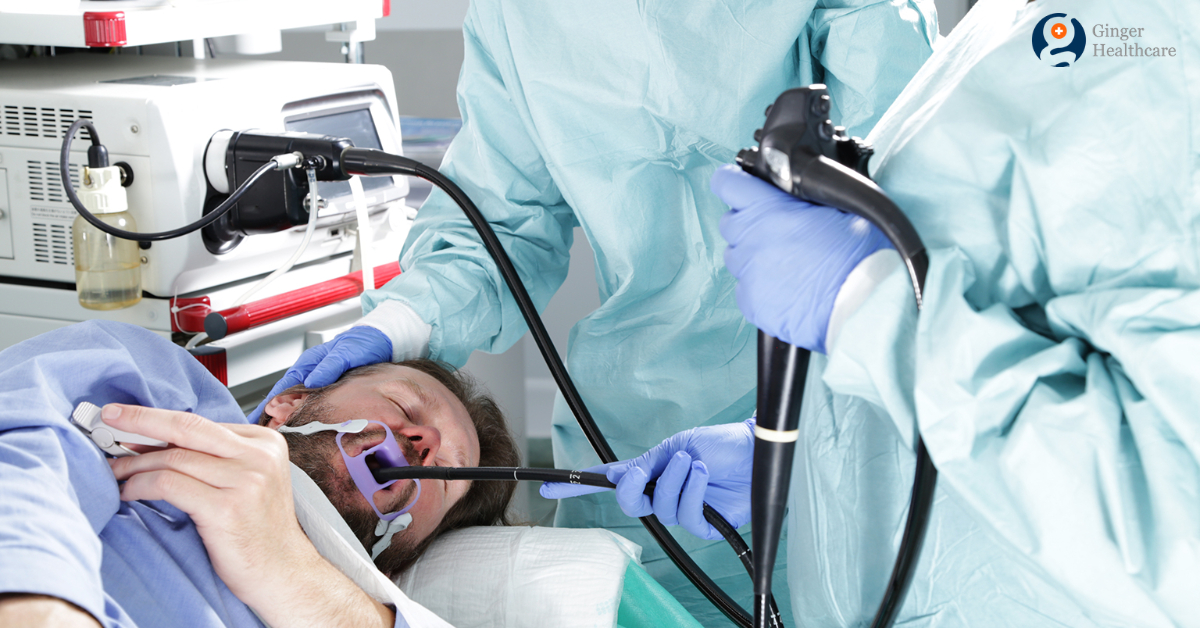
A bronchoscopy is a test which can help your doctor to examine your airways. The procedure involves your doctor threading an instrument known as a bronchoscope, through your nose or your mouth, in order to reach your lungs.
This bronchoscope is made of a flexible fiber-optic material and is equipped with a light source as well as a camera. Generally, bronchoscopes are also mostly compatible with color video, which can help your doctor to document his/her findings.
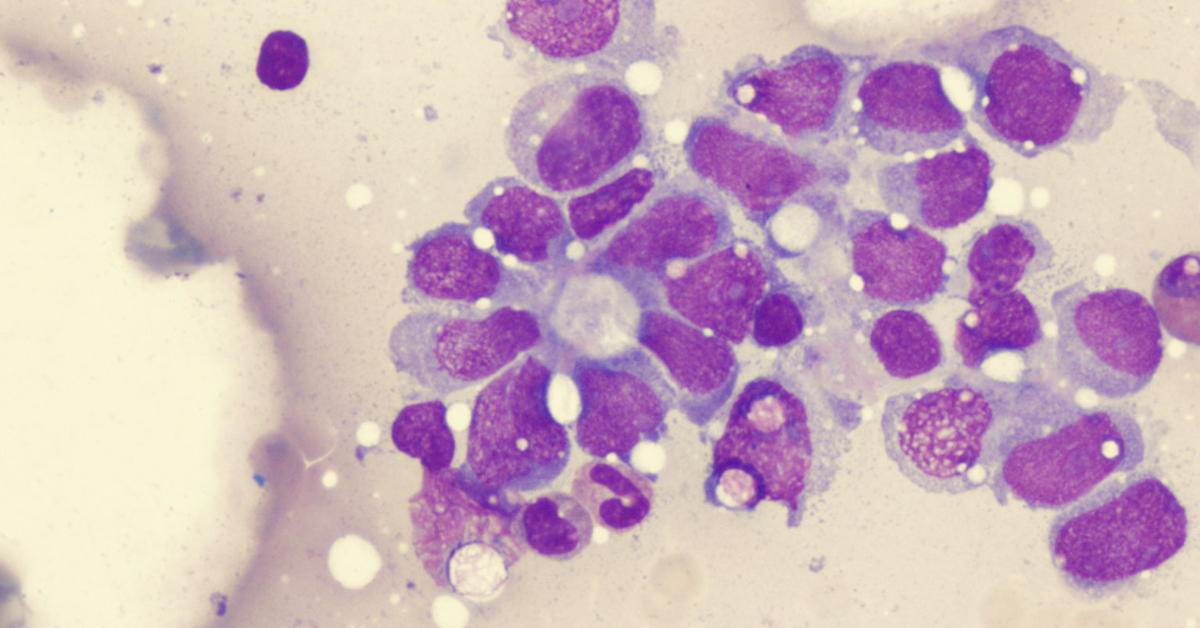
Ewing Sarcoma is a type of cancerous tumor that grows in the bones or the soft tissue around your bones, such as your nerves or cartilage. It is rare, and mostly affects people between the ages of 10 to 20. It also has a high rate of being cured.
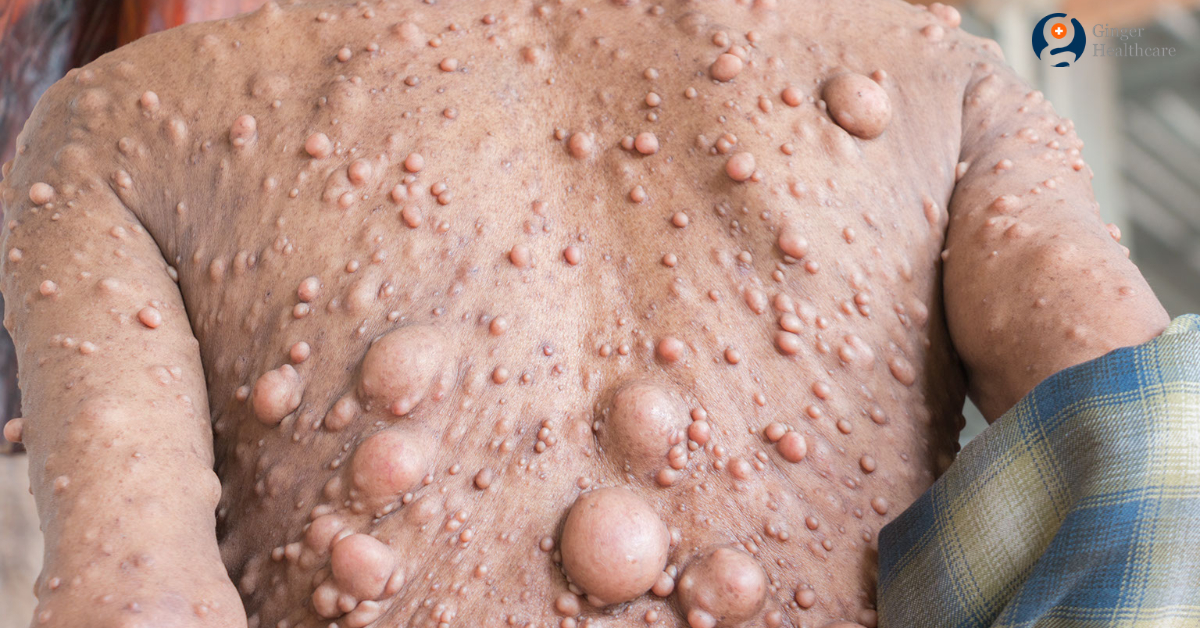
Neurofibromatosis is an incurable genetic disorder that affects the entire nervous system. It can affect the development of nerve cell tissues. It also leads to tumors known as neurofibromas to develop on the nerves, which can lead to various other problems.
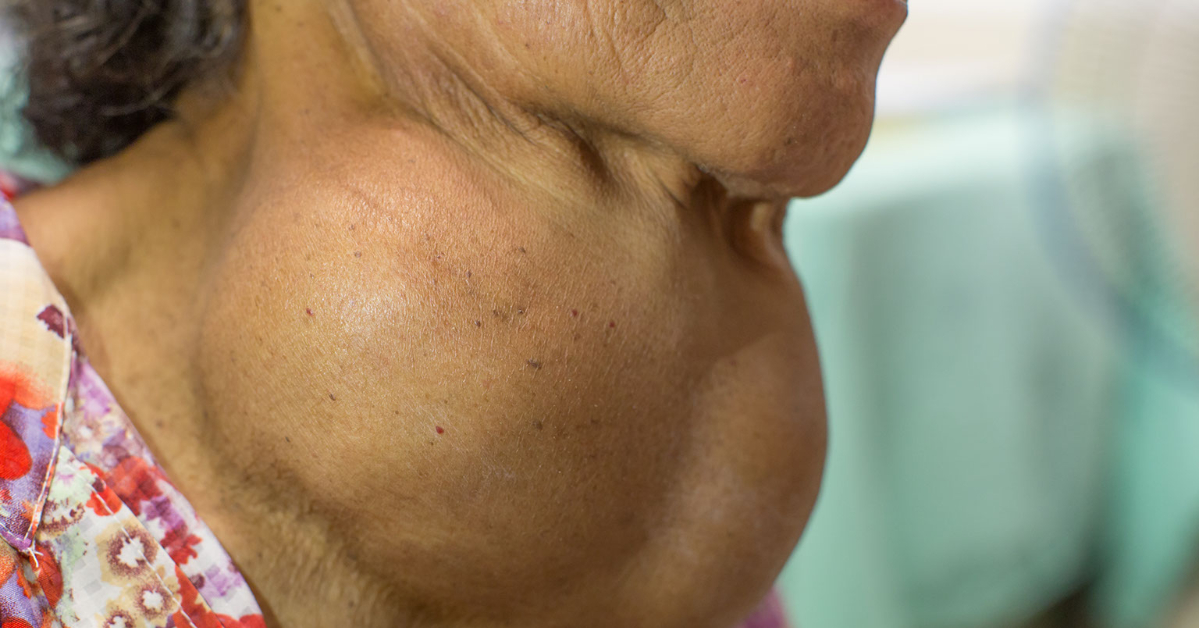
A goiter is a condition where your thyroid gland gets abnormally enlarged. Your thyroid is a butterfly-shaped gland which is located at the base of the neck just below the Adam’s apple. Goiters are generally painless, but if it gets too large, it can make it hard for you to swallow or breathe.

Vulvar cancer is a type of cancer occurring on the vulva, the other surface area of a woman’s urethra, vagina, as well as the clitoris, and the labia.
Vulvar cancer generally forms as a lump or sore on the vulva, which might lead to itching. Although it may occur at any age, it is usually diagnosed in other adults.
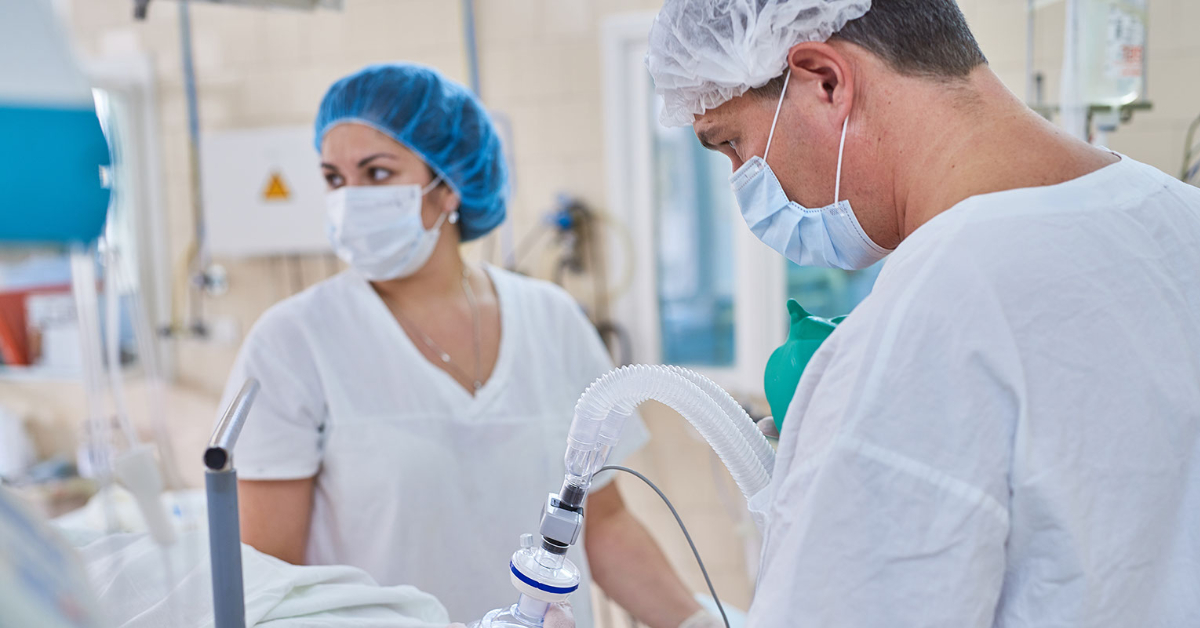
The surgery for opening your chest is Thoracotomy. Your surgeon will make a cut in your chest wall between the ribs during this surgery for operating on your lungs. Your surgeon can remove a part of your lungs or your entire lungs through this cut. The Thoracotomy procedure finds its use in treating lung cancer. In some cases, the procedure helps to treat problems with other structures of the chest like the diaphragm or the heart. Doctors also use this procedure to diagnose disease.

Often performed with vertebroplasty, Kyphoplasty is a minimally invasive procedure to treat compression fractures or a break in the vertebra. It allows you to move freely without making you stay overnight at the hospital. Vertebroplasty involves injecting a cement mixture in the bone to provide strength to it. Kyphoplasty makes space to allow the doctor to inject the mixture within the bone. Your doctor will insert and then inflate a balloon to make room for the mixture during this procedure. After injecting the cement, your doctor will remove the balloon.

Your eardrum is a thin tissue that separates your ear canal from the middle ear. A ruptured eardrum, which is also termed as a perforated tympanic membrane, is a hole or a tear in the eardrum.
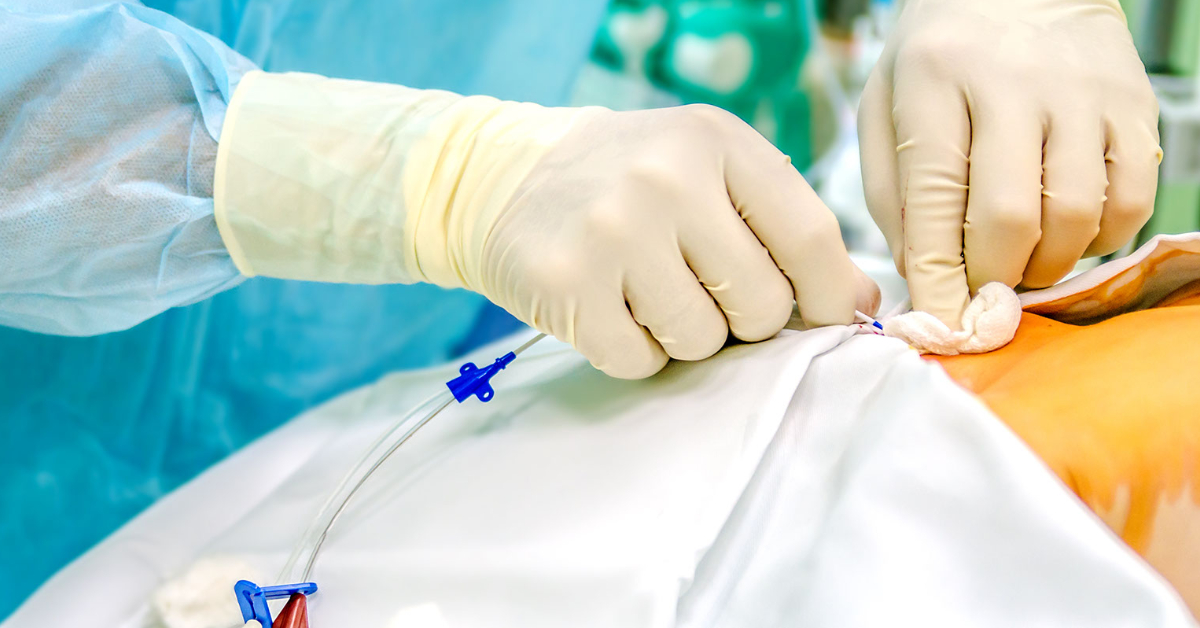
Cardiac Ablation is a procedure that involves the use of energy for making small scars in the tissues of your heart. The energy stops unusual electrical signals that are moving through the heart and causing uneven heartbeat or arrhythmia. The procedure treats atrial fibrillation which is a type of irregular heartbeat. Your doctor will perform Cardiac Ablation if the medications and heartbeat resetting (also called cardioversion) fail to work.
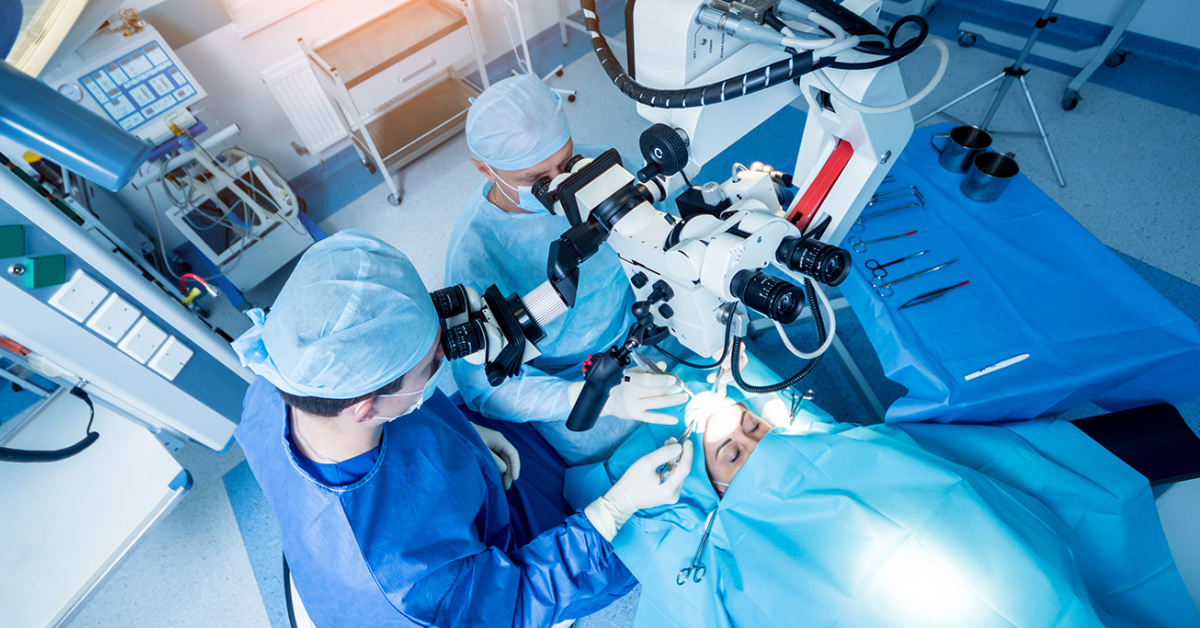
A Craniotomy is a type of surgery for the brain that involves the removal of a part of the cranium or skull for gaining access to the brain. The surgery involves the replacement of the bone. Doctors perform this procedure to treat aneurysms or remove brain tumors. Usually, a neurosurgeon will perform the surgery.

TURP or Transurethral Resection of the Prostate is a surgical procedure for treating urinary problems arising due to an enlarged prostate. Your doctor will insert a resectoscope through your penis tip into the urethra (the tube carrying urine from your urinary bladder). It helps your doctor to view and to remove excess prostate tissue responsible for blocking the flow of urine. The procedure is an option for those men who are having moderate to severe urinary problems and aren’t responding to any medications. It is the most effective treatment, to date, for enlarged prostate.

Also called the reduction mammaplasty, the surgery helps to remove excess skin, fat, and tissue from your breasts. You might go for the surgery if you have large breasts and ease your discomfort due to the same. Additionally, you can achieve breasts of the size that is proportionate according to your body. It helps you improve your ability to participate in several physical activities and your self-image. You must discuss all the details of the surgery with your certified plastic surgeon including the risks & complications of the procedure.
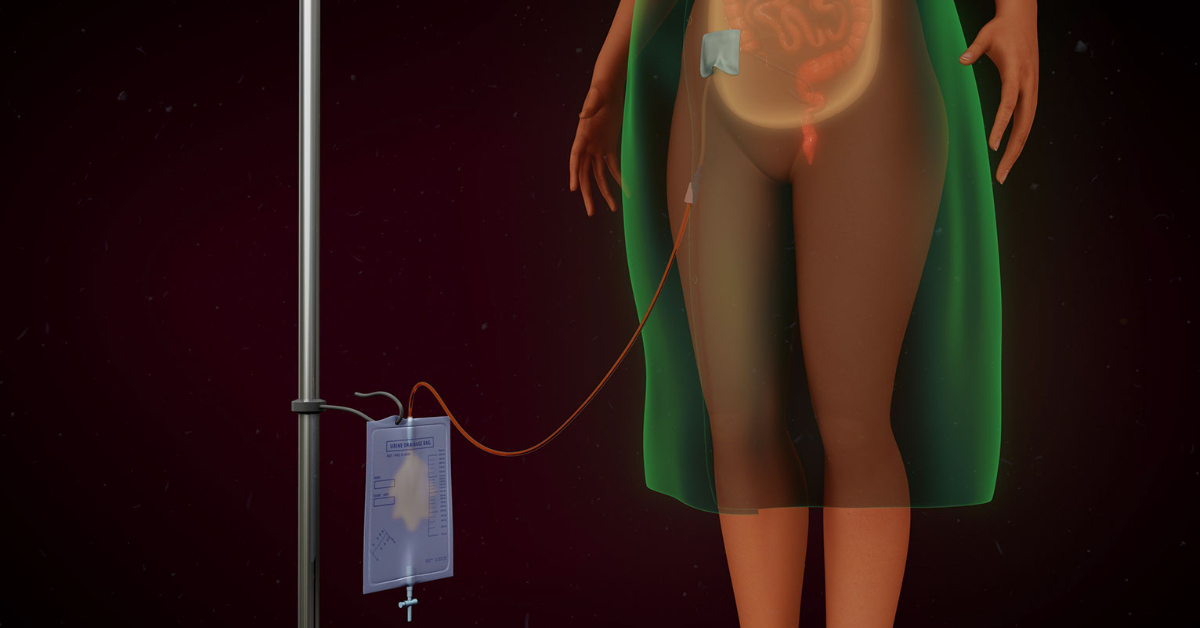
Peritoneal Dialysis is a procedure for the removal of waste products from the blood when the kidneys fail to function properly. The procedure allows filtering the blood in a way different than the hemodialysis or blood-filtering procedure. During this procedure, a cleansing fluid will flow through the catheter (a tube) into a part of the abdomen. The peritoneum (lining of the abdomen) will act as a filter to remove all the waste products from your blood.

Infertility is a condition when the female partner is unable to get pregnant, despite multiple attempts. In the US alone, around ten to fifteen percent of couples are known to be infertile.
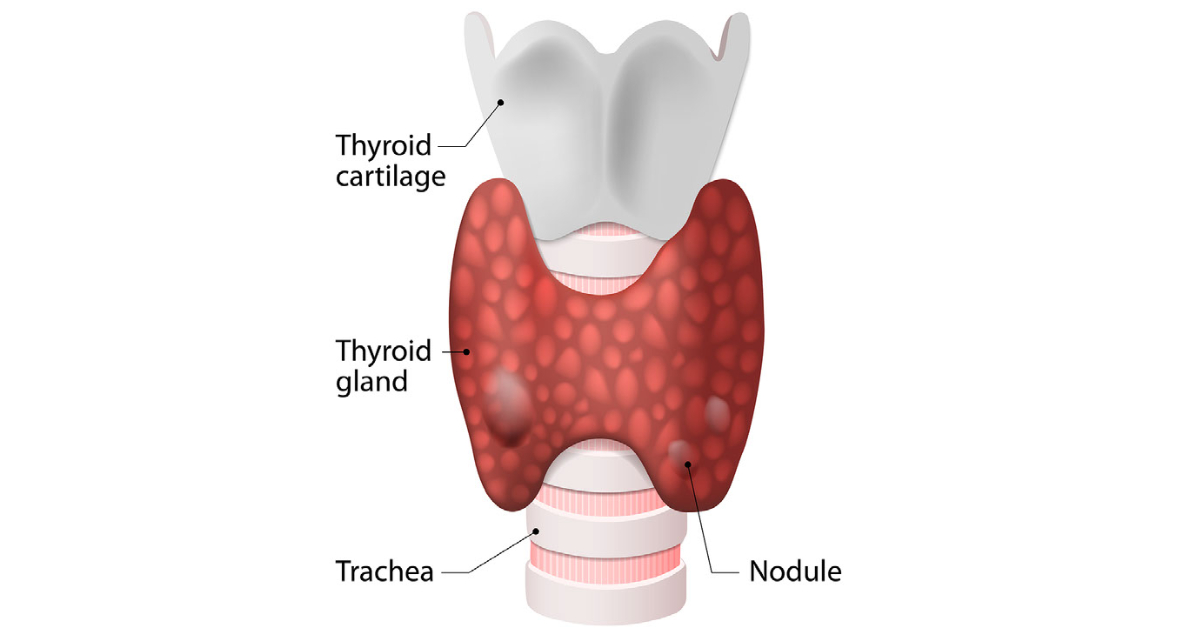
Thyroid nodules are lumps that can form within your thyroid, which can be filled with either solid or liquid. They are relatively common, but only in rare cases, they might be cancerous.
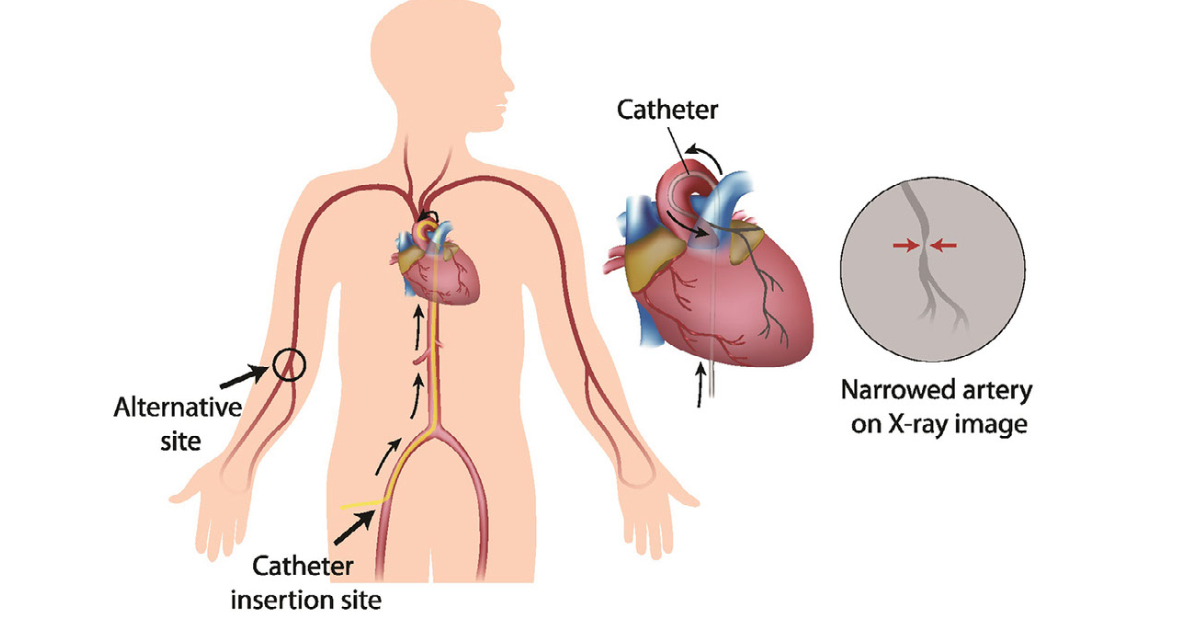
Cardiac Catheterization is a medical procedure that allows the doctor to evaluate heart conditions and diagnose & treat cardiovascular conditions. Other names for the procedure are coronary angiogram, cardiac cath, or heart cath. The doctor will check the functioning of the blood vessels and how well they are supplying blood to the heart. He or she will inject a contrast dye into the blood vessels with the help of a catheter. This will help to create x-ray videos of the heart chambers, valves, and coronary arteries.

Esophagitis is a condition that causes inflammation or irritation in the esophagus. The tube that sends food from your mouth to your stomach is called the esophagus. Common causes of this condition include acid reflux, bacterial or viral infections, or side effects of medications.
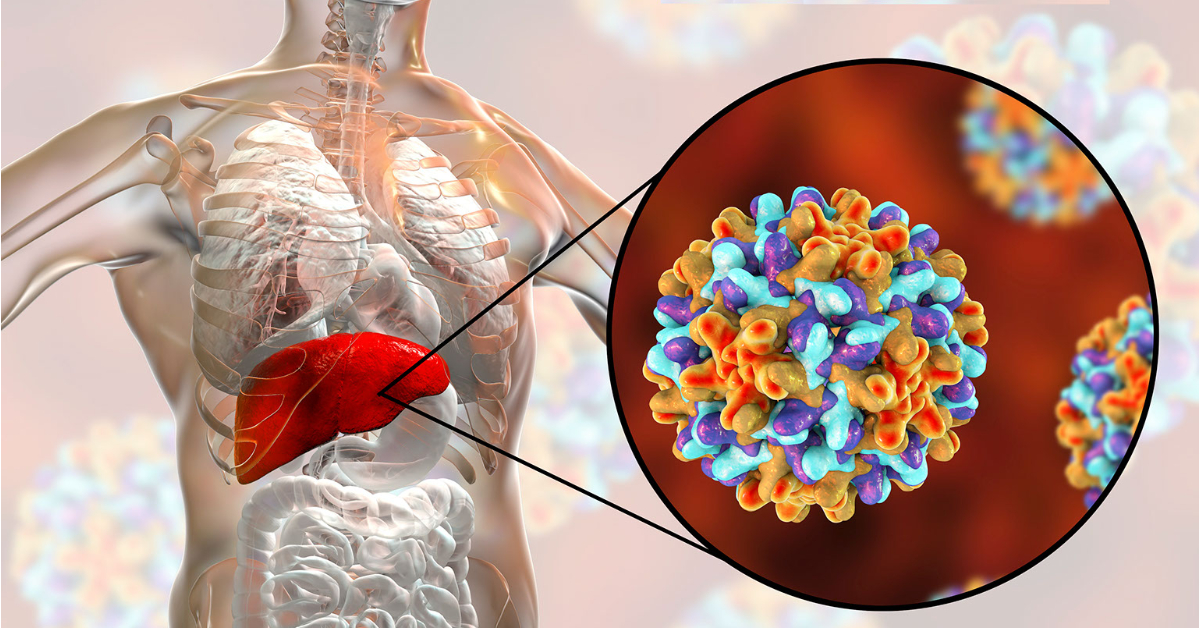
Alcoholic hepatitis is a liver infection, which is mainly caused by frequent, heavy use of alcohol. Fat can build up in the liver cells, which might lead to inflammation as well as scarring of the liver.
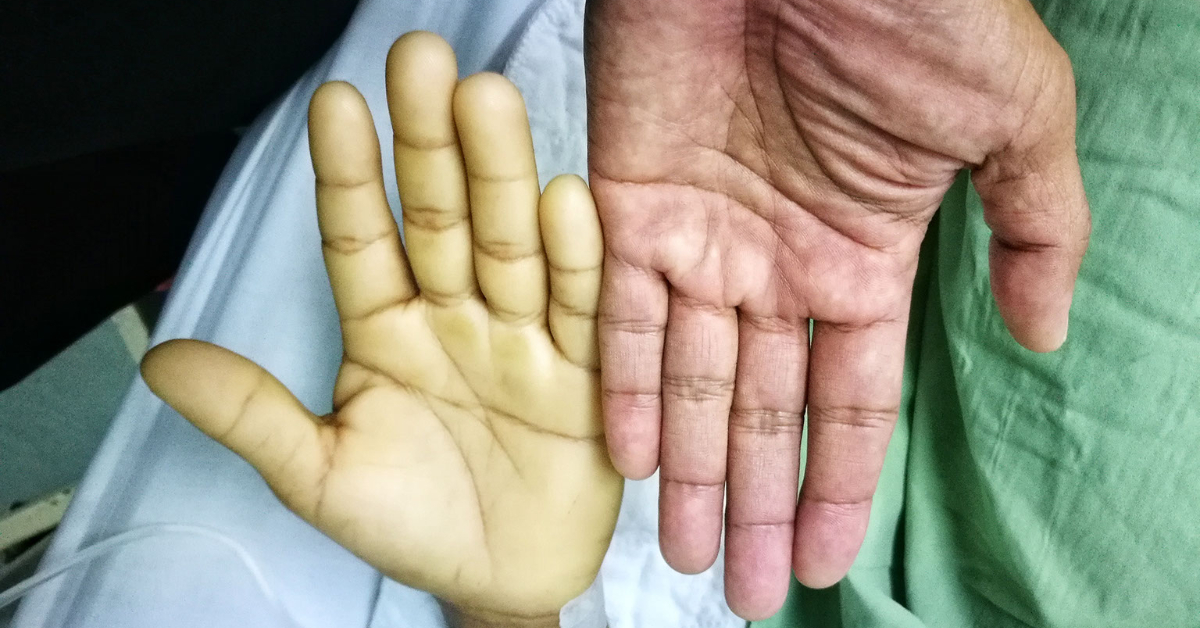
Aplastic anemia is a rare but treatable disorder, in which your bone marrow, i.e. the spongy stuff inside your bones, stops producing new blood cells. Although in some cases, it ceases making just one of the types, more often, you can end up becoming low on all three types, i.e. red, white, and platelets. This condition can come slowly or develop all of a sudden. This condition can also get life-threatening if your blood count gets low enough.
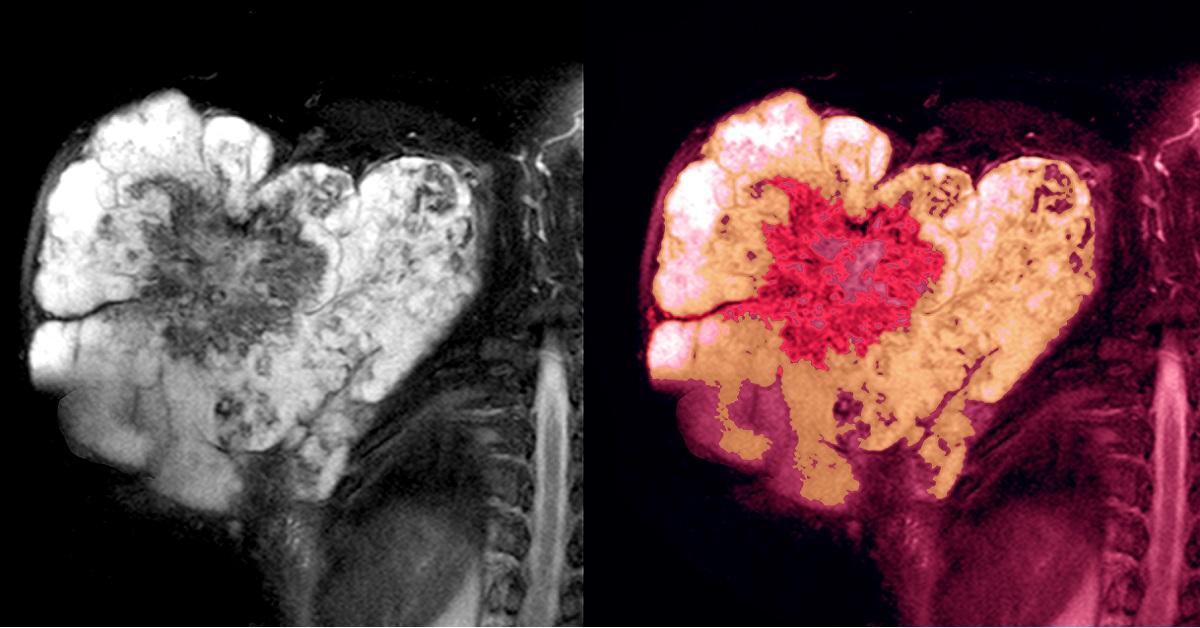
Sarcoma is a type of cancer that may occur in several different parts of your body. There are over 70 different types of sarcoma, such as angiosarcoma, chondrosarcoma, Ewing sarcoma, etc.
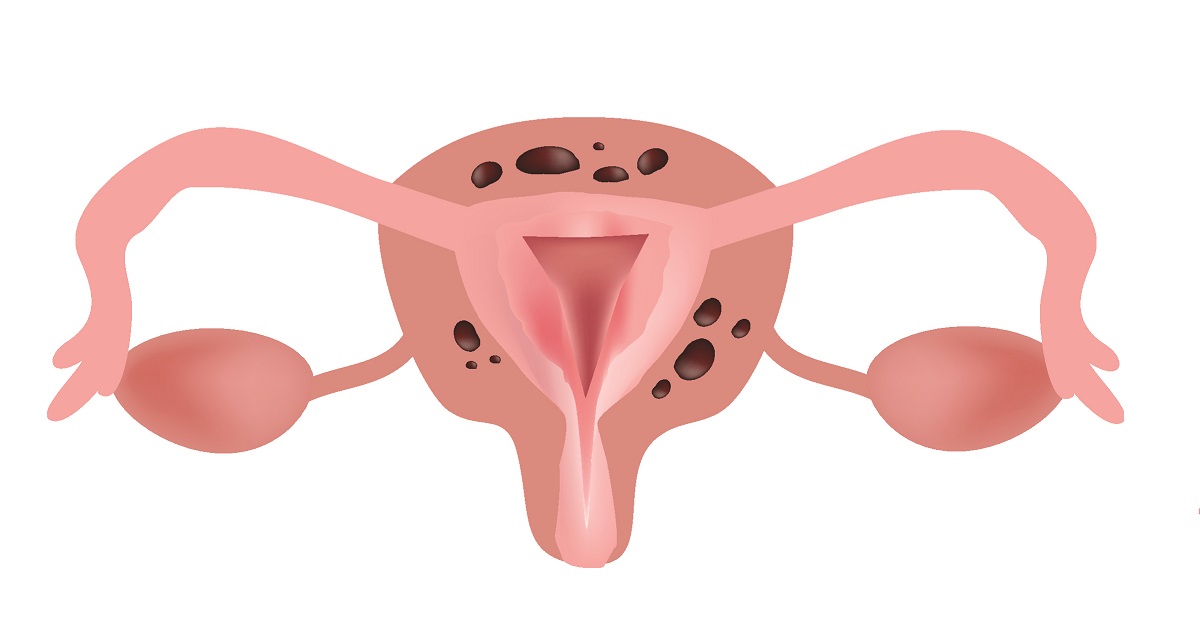
Adenomyosis is a condition that occurs when the tissue that normally lines the uterus, breaks through the uterus’s muscle wall, i.e. myometrium. The displaced tissue, however, continues to act as normal, thus thickening, breaking down and bleeding, during every menstrual cycle. This can lead to an enlarged uterus, which is heavy and painful, due to which, heavy periods can result.
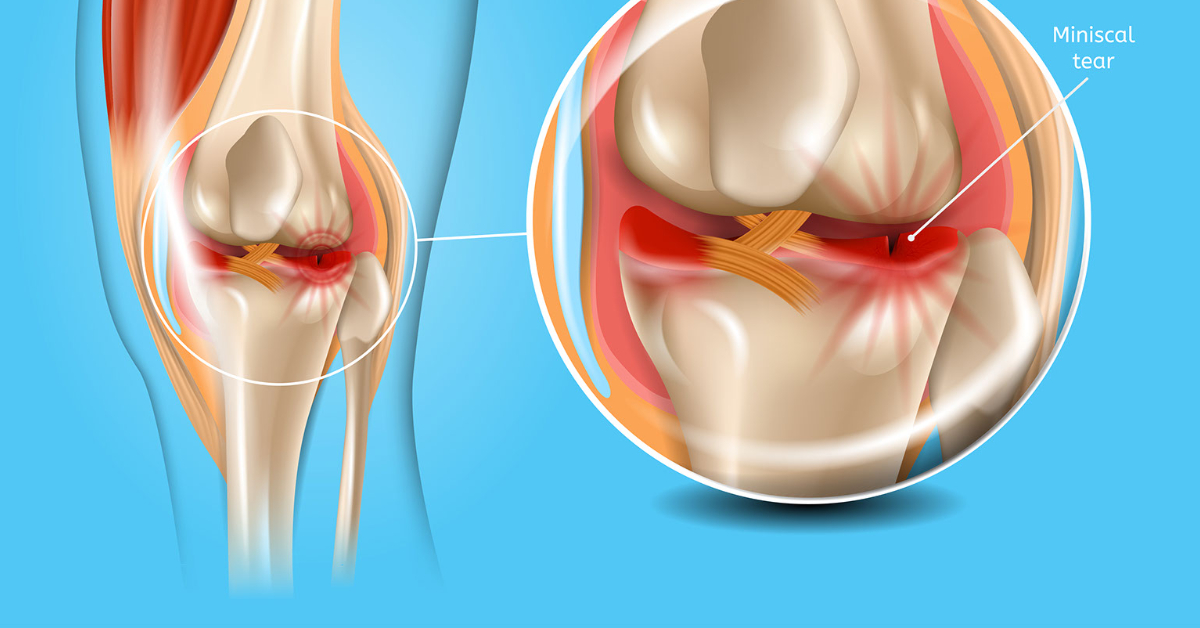
A torn meniscus is a common knee injury, which can be caused by any activity that can cause you to twist or rotate your knee forcefully, especially when you put full weight on it.
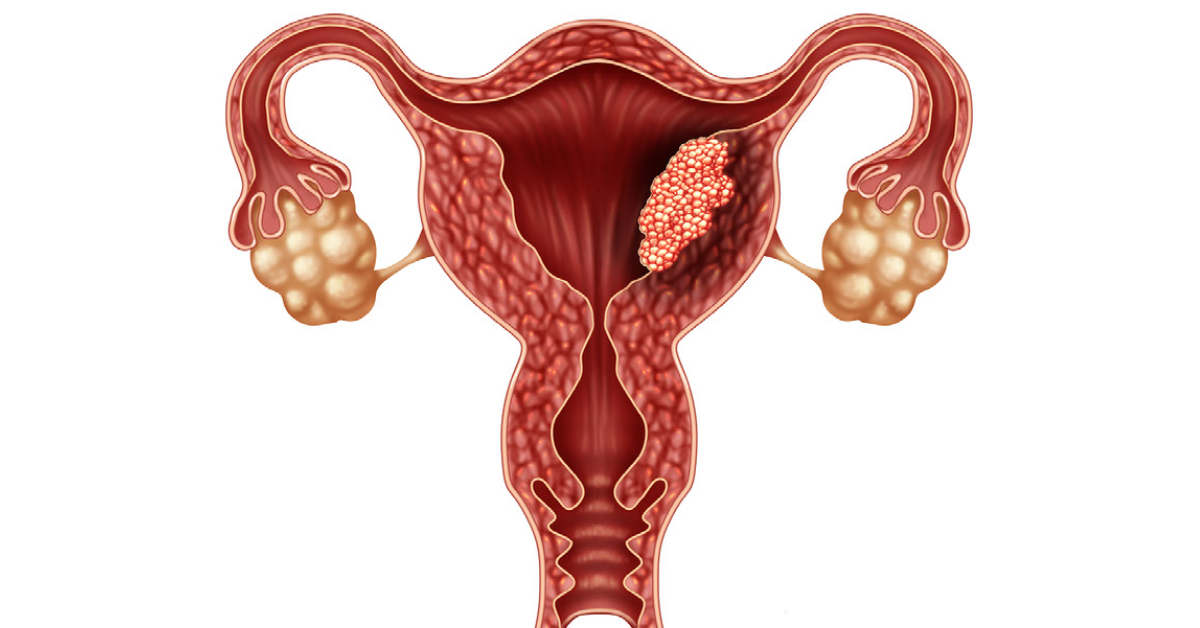
Endometrial cancer is a type of cancer which begins in the uterus. The uterus is a hollow, pear-shaped pelvic organ where the development of the fetus occurs.
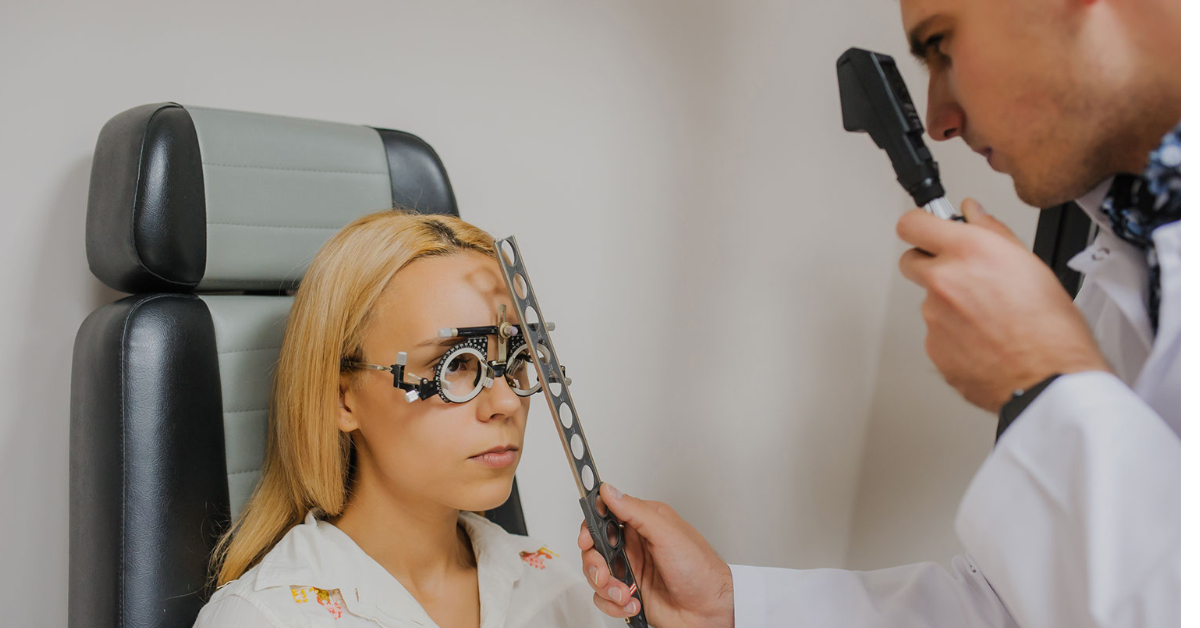
Your optic nerve performs the function of carrying visual information from the eye to the brain. When this optic nerve becomes inflamed, this condition is known as optic neuritis. This condition can flare up suddenly due to an infection or nerve disease.
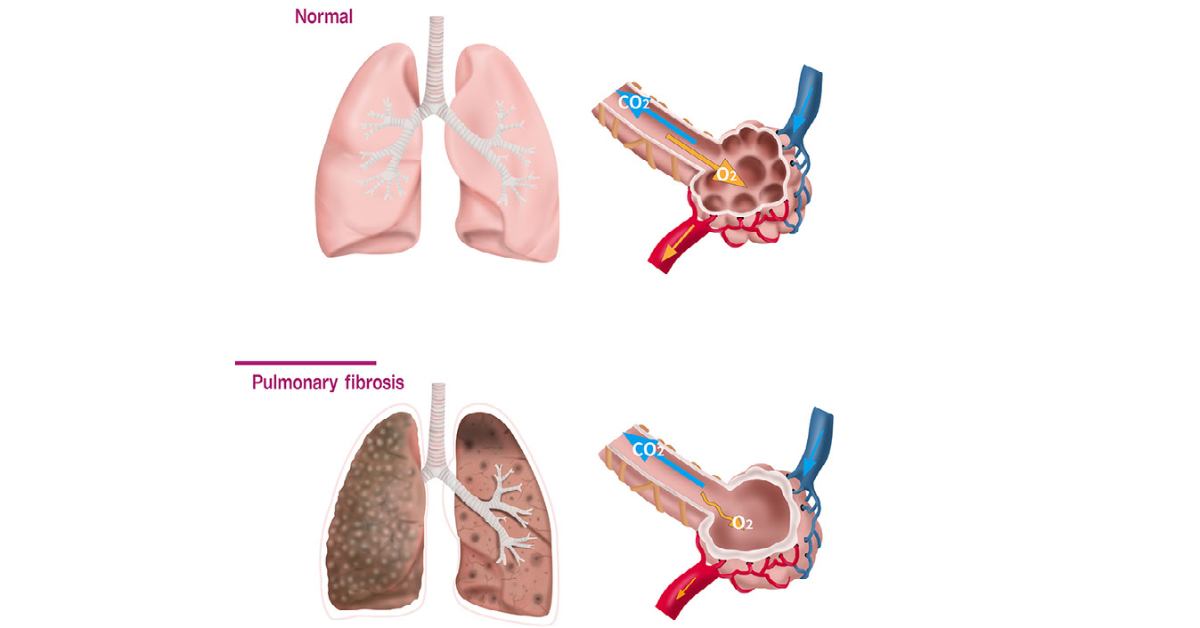
Pulmonary fibrosis is a lung disease known to occur when lung tissue gets damaged and scarred. This thickened, stiff tissue makes the working of your lungs quite difficult, and as the condition worsens, the patient even becomes shorter of breath.
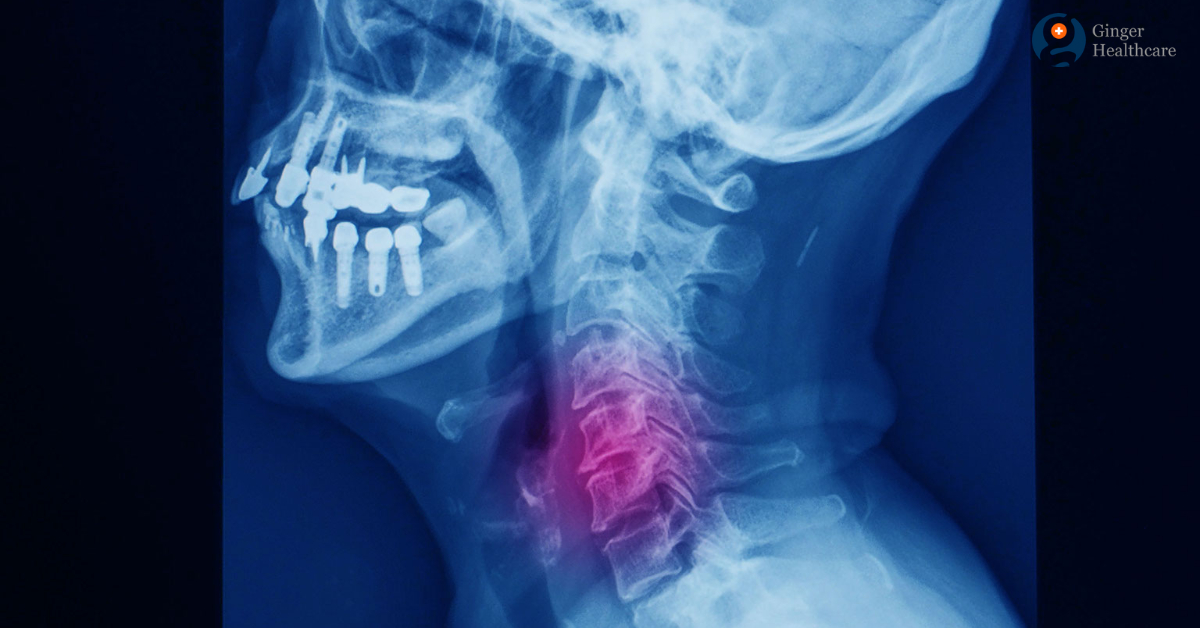
Myelopathy is an injury to the spinal cord caused by severe compression. This compression may result from trauma, congenital stenosis, disc herniation, or degenerative disease. Your spinal cord is a group of nerves housed inside your spine running almost its entire length. If any portion of the spinal cord gets compressed or constricted, the resulting symptoms are termed myelopathy.

The knee is a complex joint located between one’s upper and lower leg. When the three bones of the knee are out of place and are not aligned in the way they should be, it is known as a dislocated knee. Some people are born with a knee dislocation, i.e. congenital dislocation of the knee. However, most of the time, knee dislocations happen when due to a traumatic event, the bones in the knee joint are thrust out of place with great force.
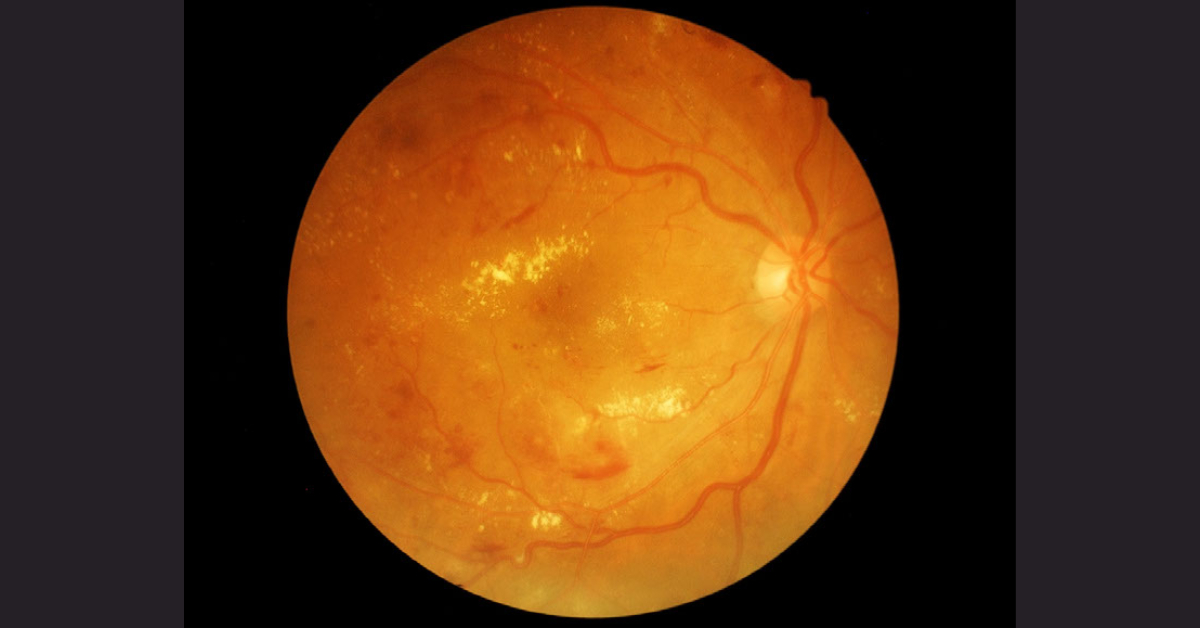
Diabetic retinopathy is a condition that occurs due to damage to the blood vessels of the retina in people suffering from diabetes. If you have type 1 or type 2 diabetes, and a long history of uncontrolled blood sugar levels, you might develop diabetic retinopathy.
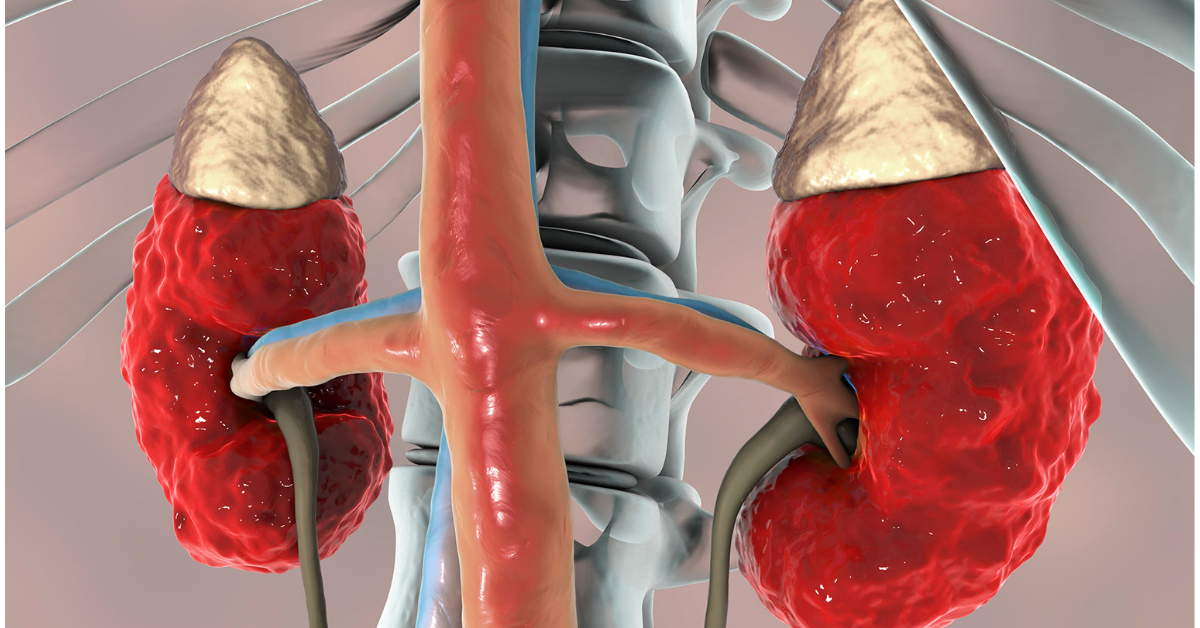
Chronic kidney disease is a slow and progressive loss of kidney function over several years, in which the person eventually develops permanent kidney failure.
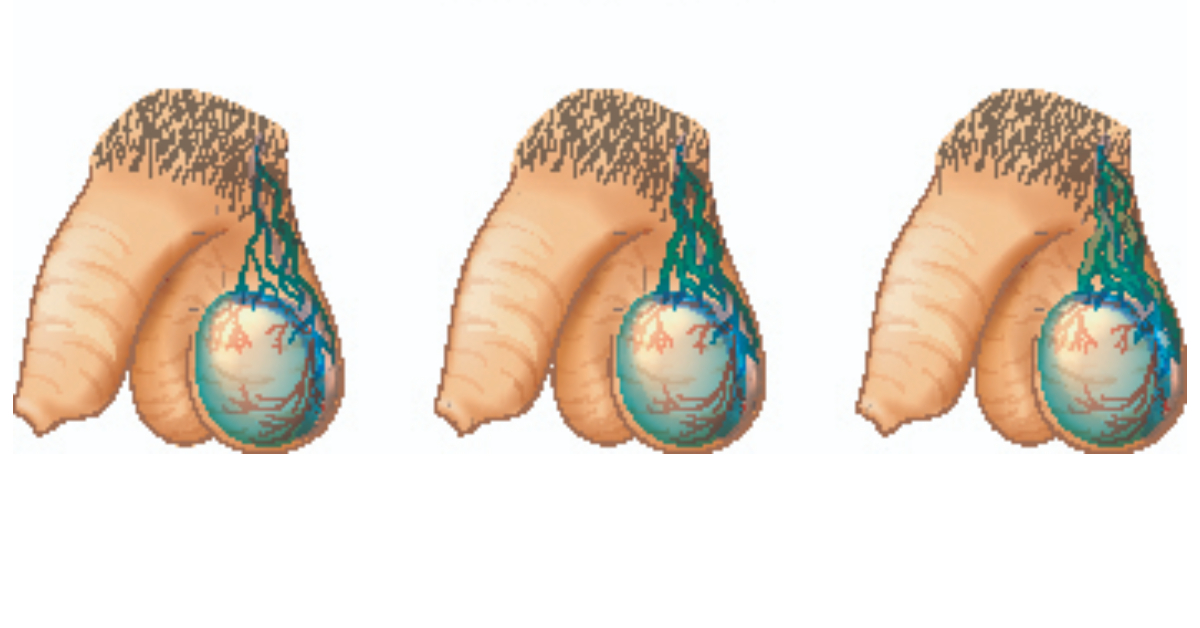
Varicocele is a condition which occurs when veins in your scrotum get swollen and eventually get larger. It resembles a varicose vein which you can get in your leg, and it can feel like a bag of worms. This condition generally shows up above one of the testicles, most often the left one.

Frozen shoulder, also known as adhesive capsulitis, is a shoulder condition that causes pain in your shoulder as well as limits its range of motion. When the tissues in your shoulder joint become tighter and thicker, it can lead to the development of scar tissue.
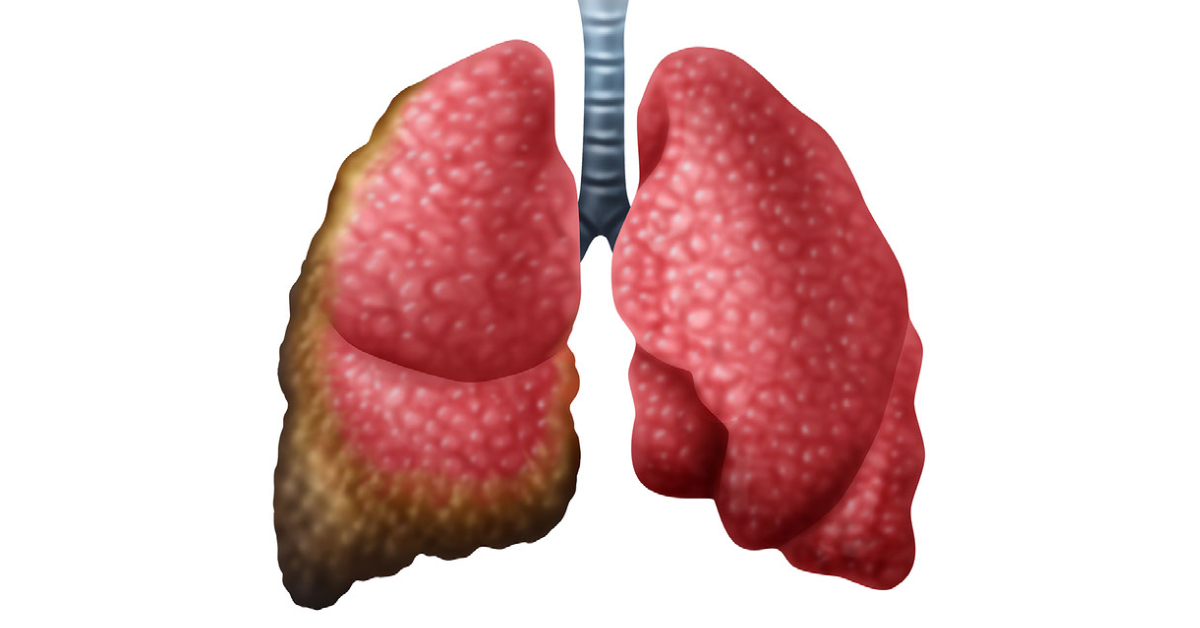
Mesothelioma is a type of aggressive and deadly cancer. It occurs in the thin layer of tissue that covers the majority of your internal organs, also termed as the mesothelium.

Penile Cancer is a relatively rare form of cancer, which is known to affect the skin and tissue of the penis. This condition occurs when healthy cells in the penis turn cancerous and grow out of control, forming a tumor. The cancer might spread to other areas of the body as well, including the glands, other organs, and lymph nodes.
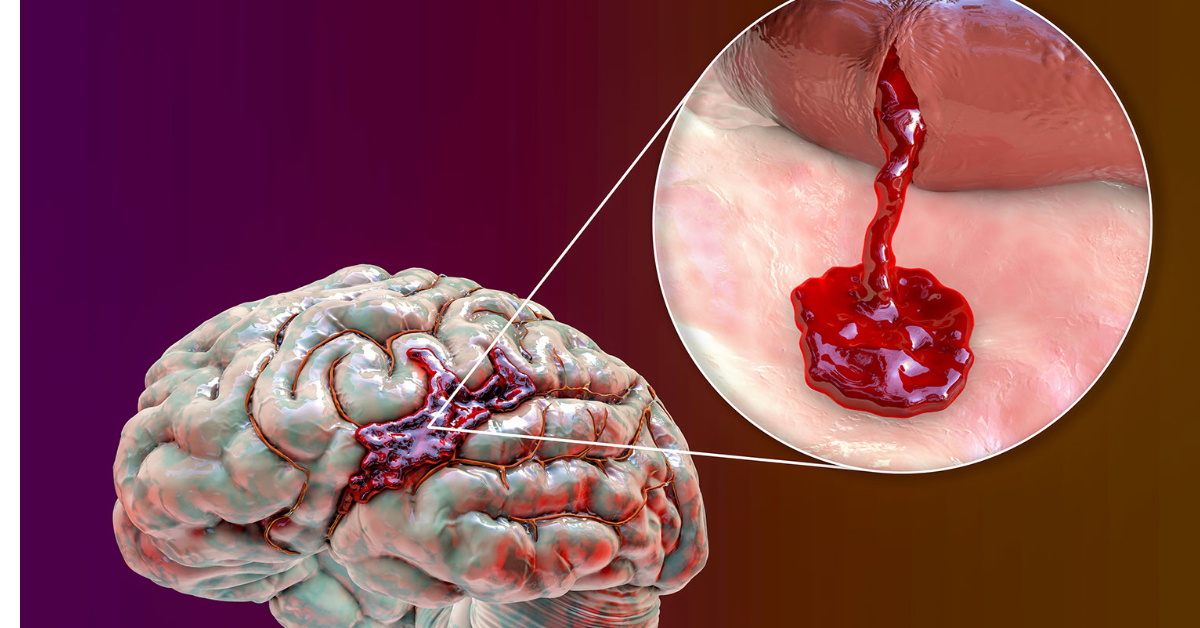
A brain hemorrhage is a type of stroke that is caused when an artery in the brain bursts. This can lead to localized bleeding in the surrounding tissues. This kind of bleeding is known to kill brain cells. People, who generally experience a brain hemorrhage, have symptoms similar to that of a stroke, and they can also develop weakness on one side of their body, difficulty in speaking or experience a sense of numbness.
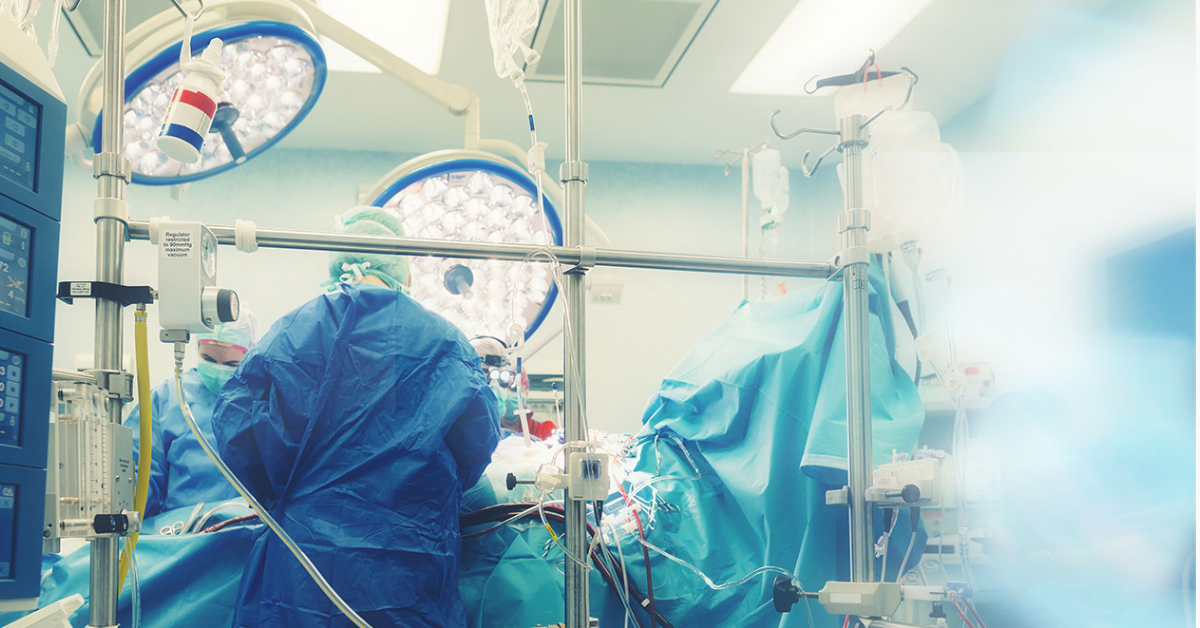
Glenn Procedure is a surgical procedure which is performed for patients having Tricuspid atresia. It is also performed for people having hypoplastic left heart syndrome. However, this procedure has mostly been replaced by the Bidirectional Glenn Procedure.

A Blalock-Taussig shunt is a small tube for infants that connect the arterial circulation to the pulmonary circulation, to help more blood reach the lungs.
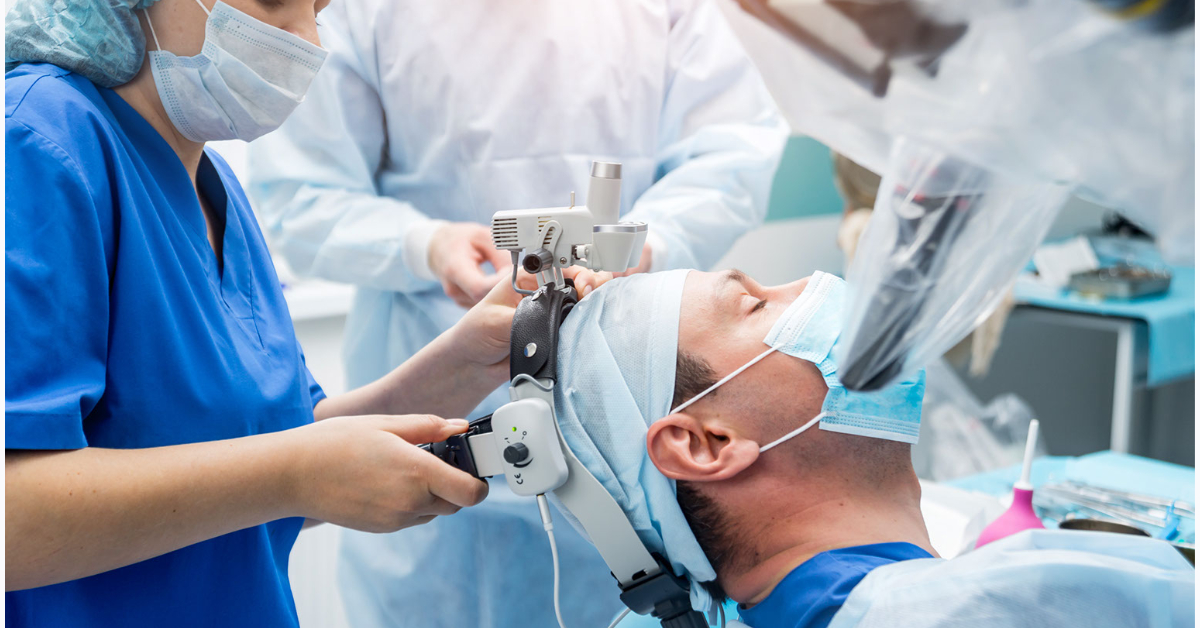
Ventriculostomy is a neurosurgical procedure that involves creating a hole within a cerebral ventricle for drainage. The procedure is performed on patients suffering from hydrocephalus.

Radial Keratotomy was one of the common ways of treating nearsightedness, also known as myopia. However, with the rise of newer procedures, such as LASIK, it is now generally considered outdated.
Chat on WhatsApp!
*Please note: As of now, we are only assisting international patients who plan to come to India for medical treatment.